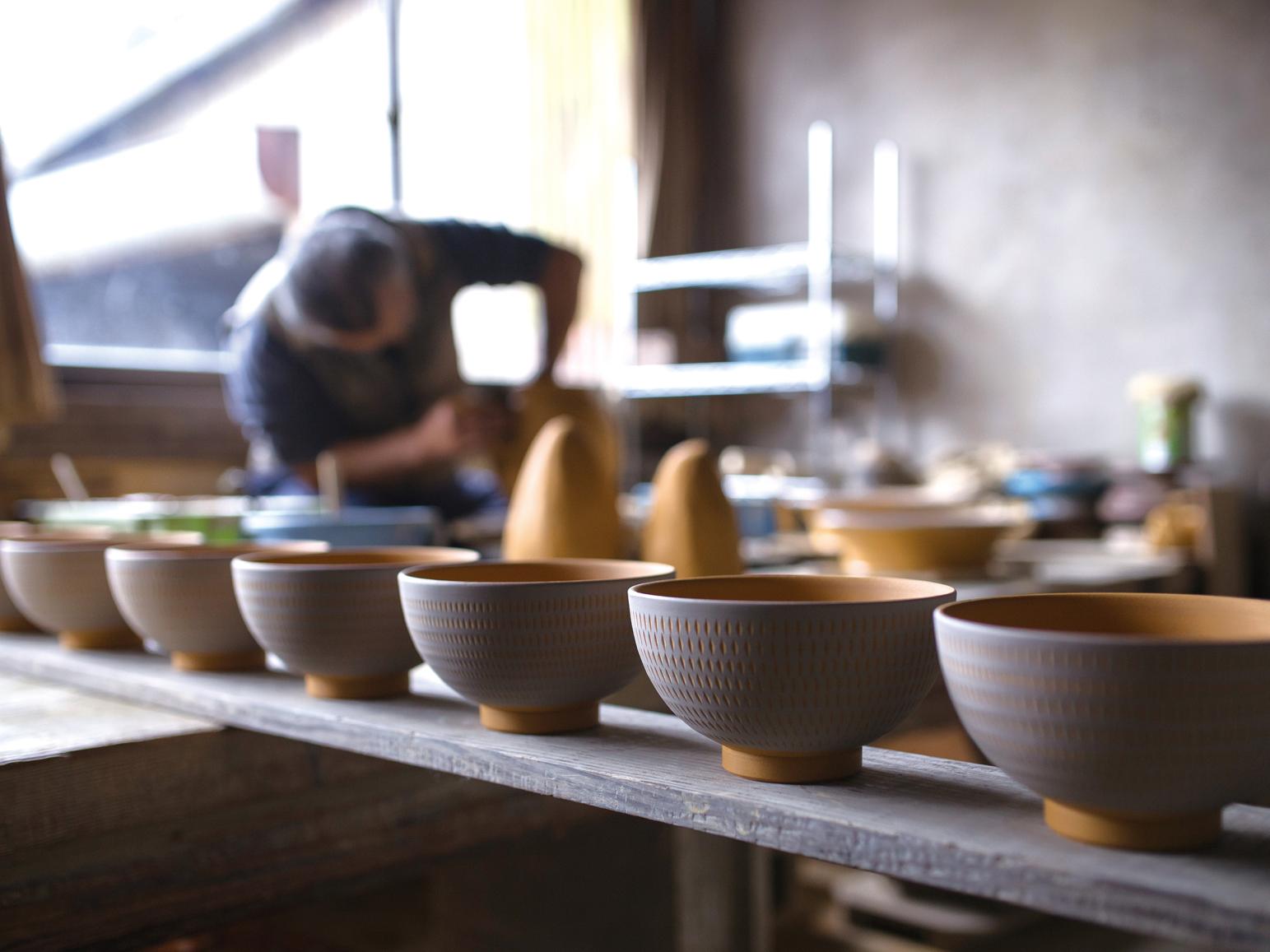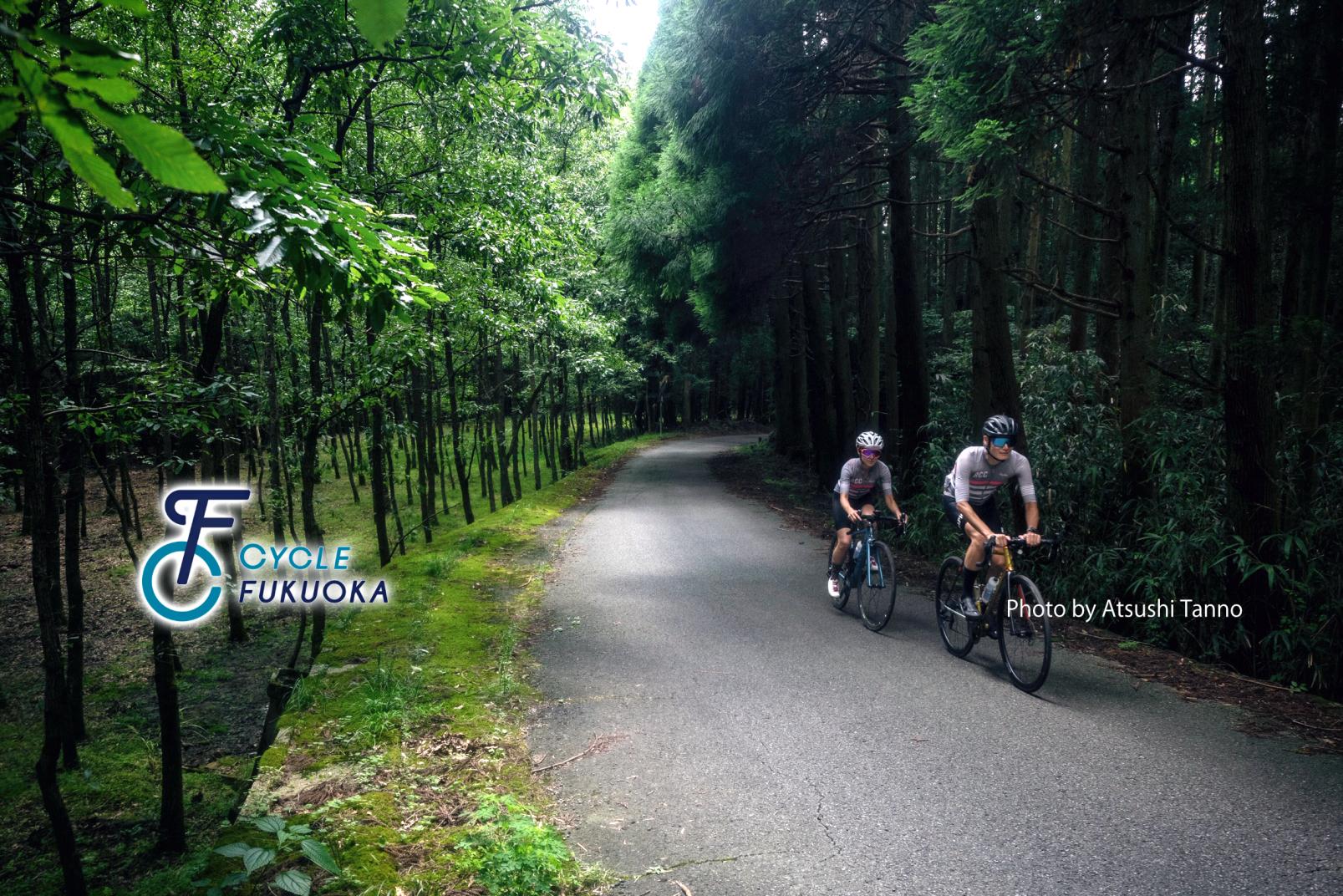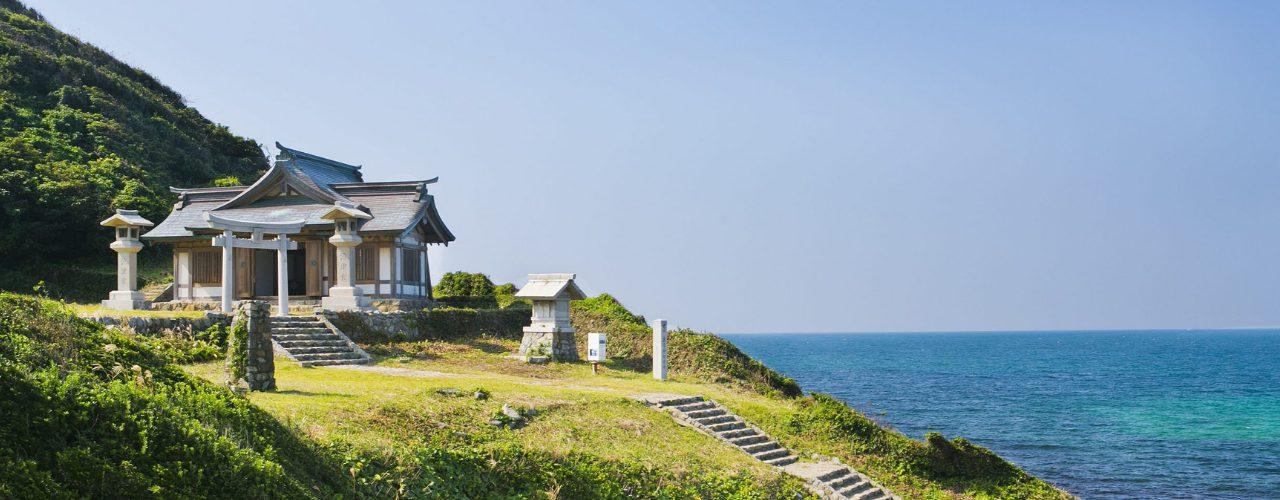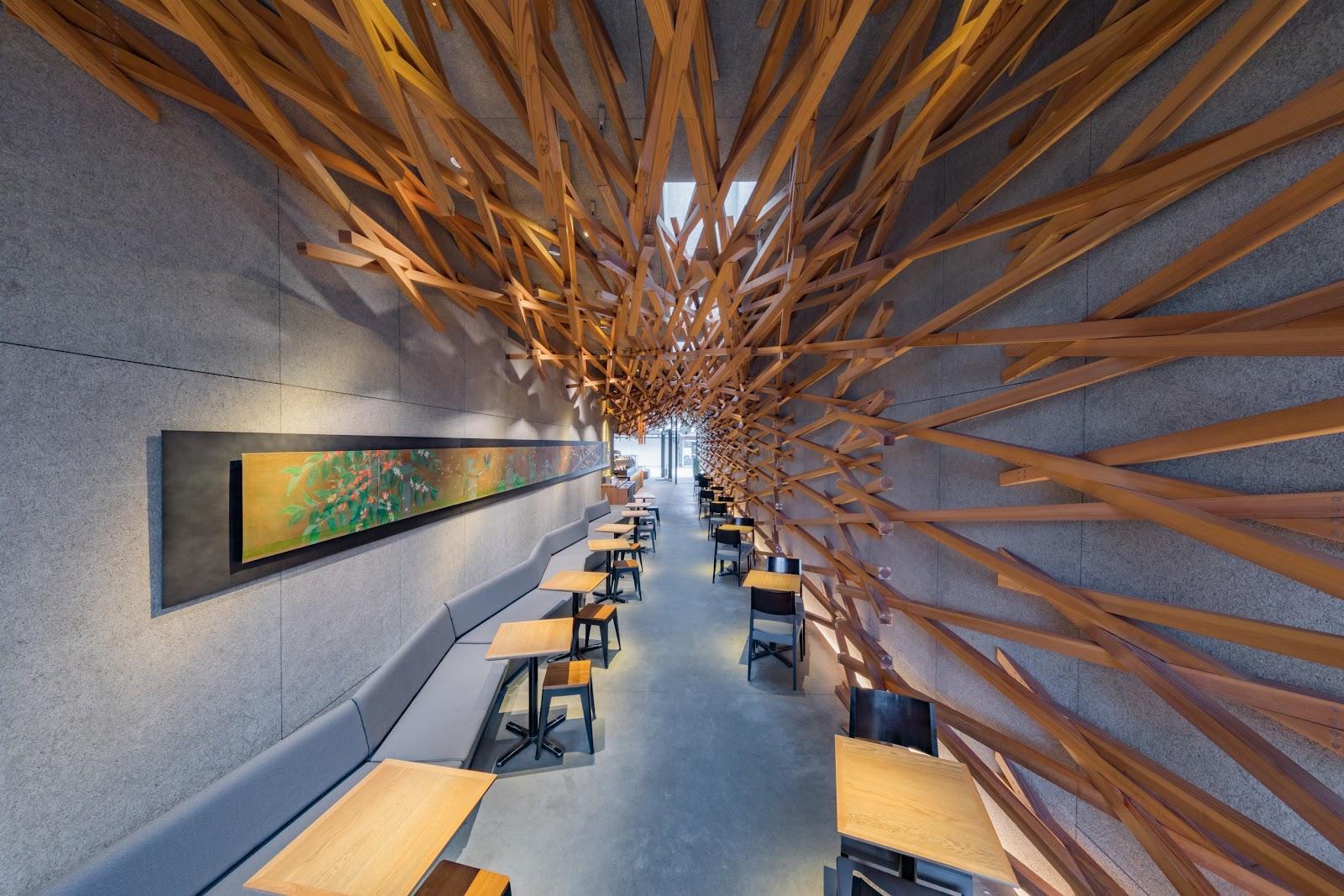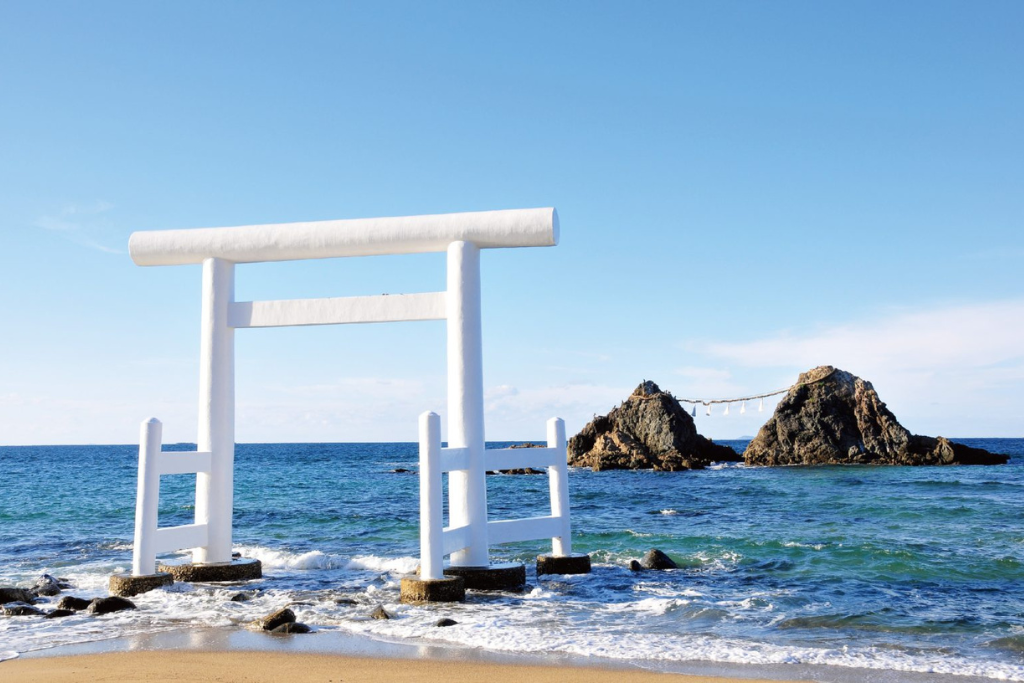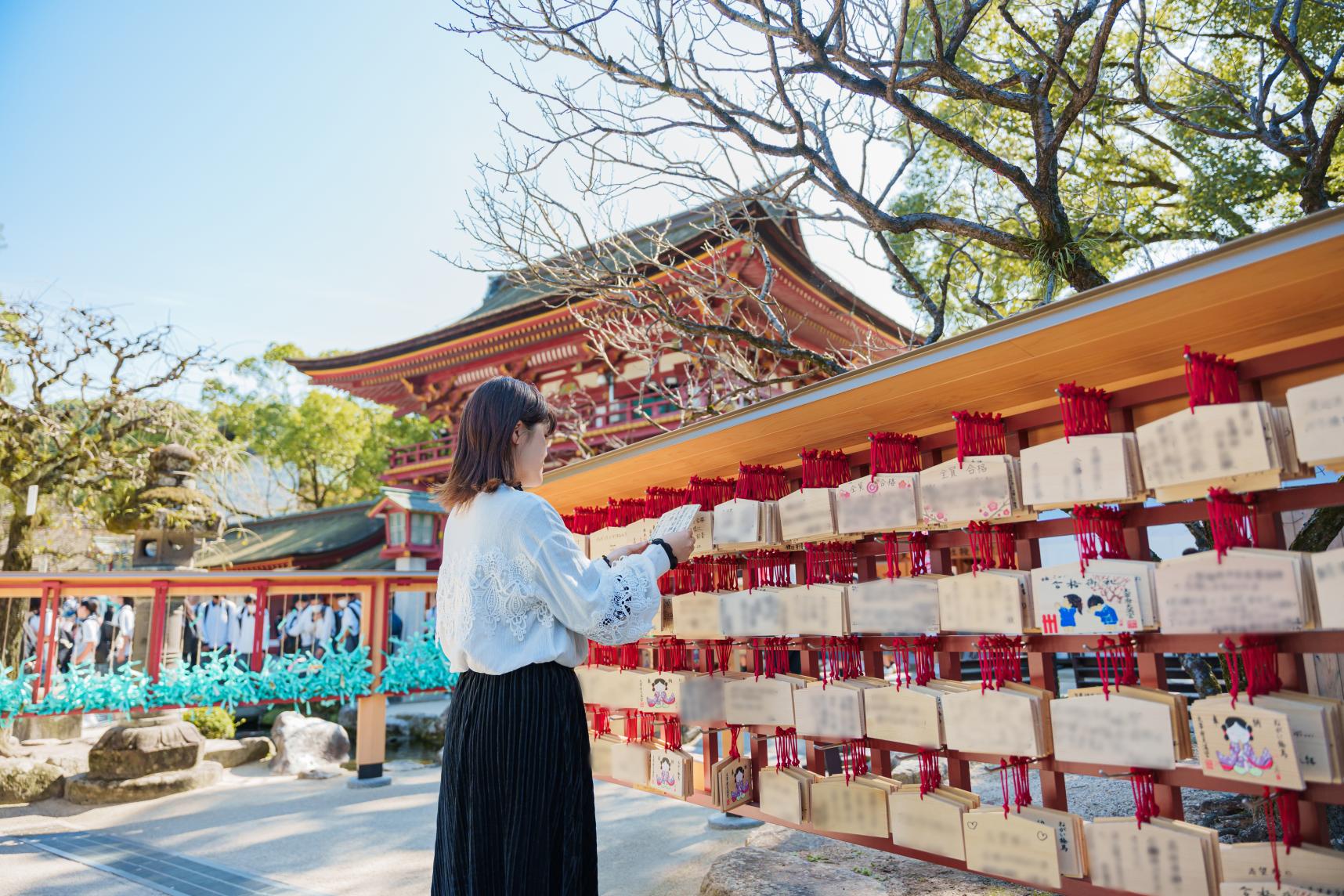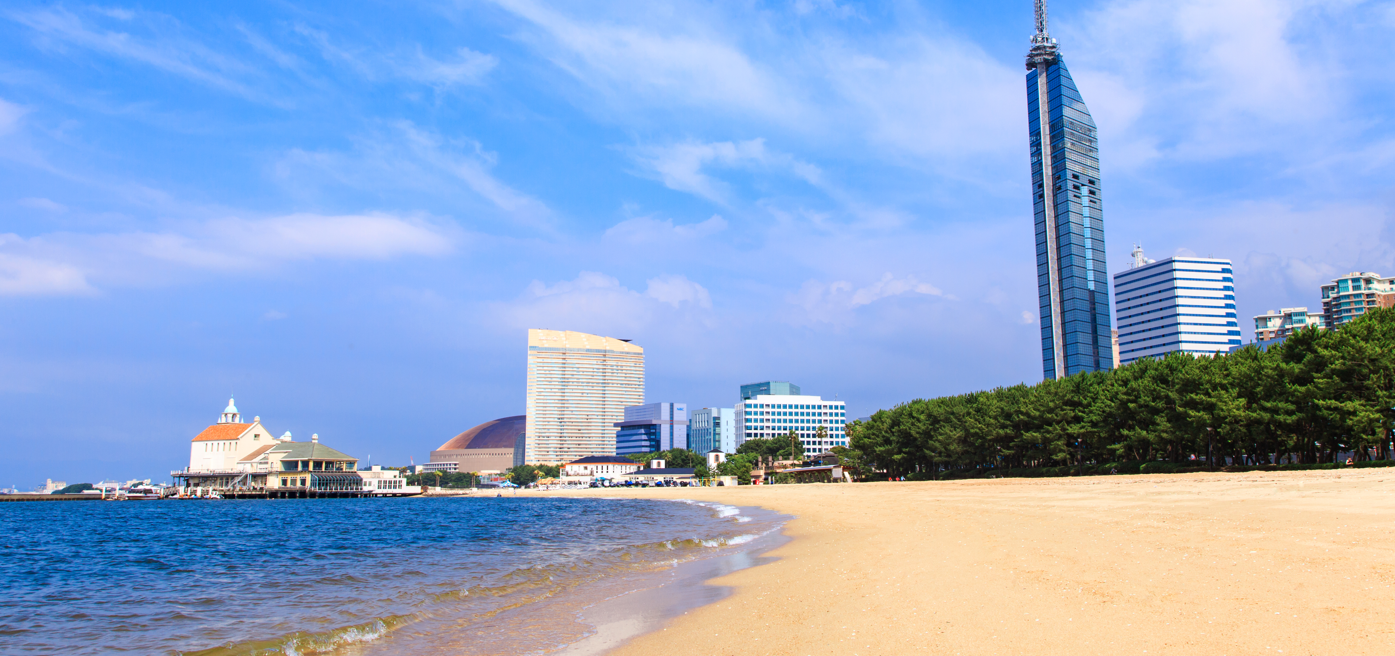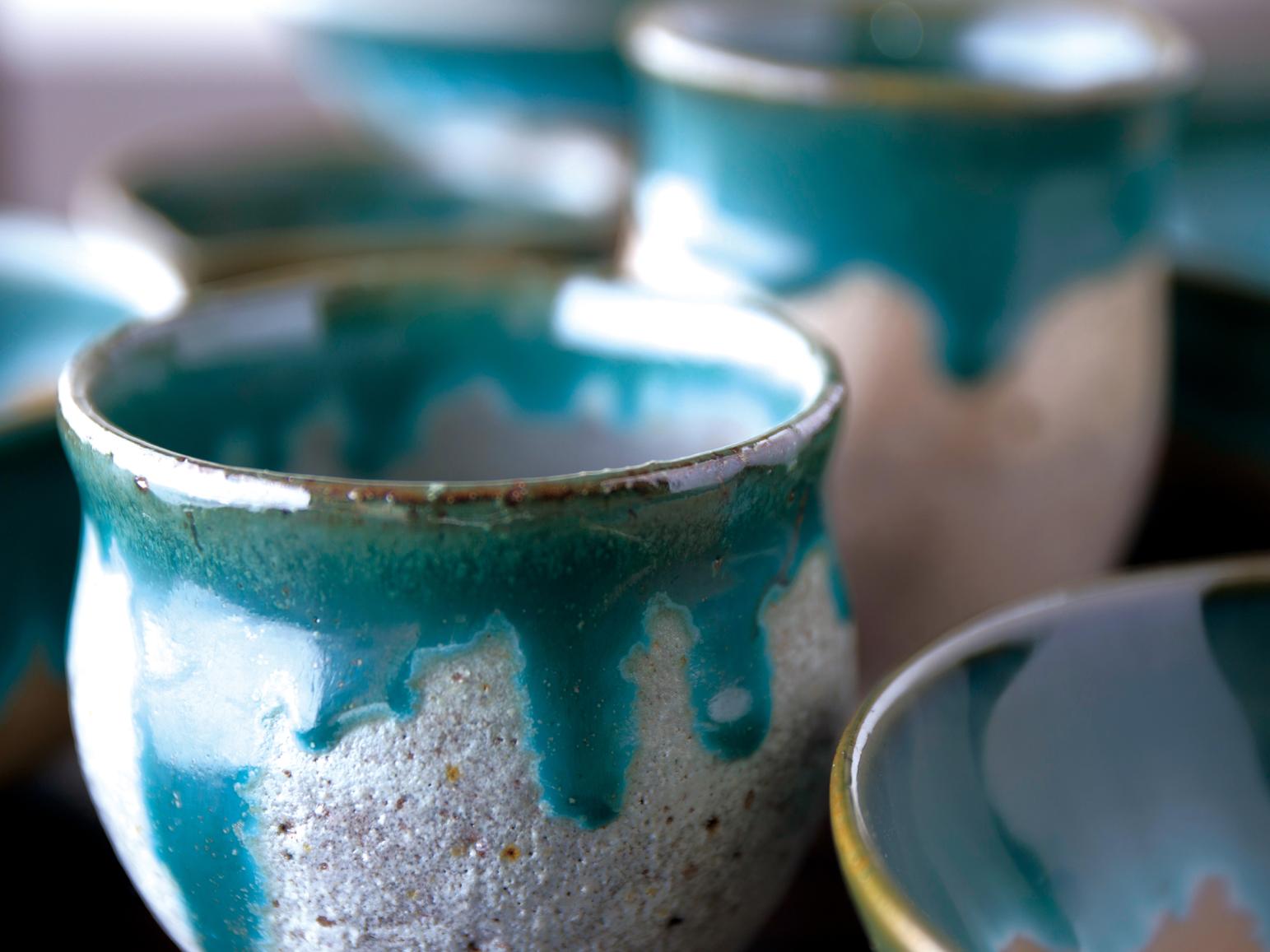
Aganoyaki
Based on pride and tradition.
Aganoyaki tea ceramics that express the spirit of Japan's unique tea ceremony.
The history of Aganoyaki dates back to 1602. It is said that a big feature of its roots is in the "cha sue" or tea pot used in tea ceremonies because the pottery was born from the encounter between the Korean pottery of Ri and Sankai and the first lord of the Buzen Kokura-han (clan), Hosokawa Tadaoki, whose teacher Sen no Rikyu laid the foundation for the tea ceremony. Also, there is pride and tradition because since the the beginning of the ceramics studio, special pieces have been made for the lords to use. Now also, the quality of the ceramics is backed by 400 years of history, with a fineness you can feel, and magnificent pieces continue to be produced one after another.
Various expressions created through the revival of a ceased tradition
"Wabi sabi," the spirit of tea ceremony which roughly means "simple and quiet thing," is deeply reflected in Aganoyaki. It is not too conspicuous, yet somewhere present. That is Aganoyaki's greatest charm. Because it has tea ceramics in its roots, it is generally made thin so its lightness is said to be its feature but lately it is also noticed for the of variety of colors created by using many types of glaze. It is exactly the valuing of tradition as well as the efforts and ingenuity of the forerunners who have worked to make so many various pieces. When the Edo period changed to the Meiji era and the clan system was ended, the fact that it had been protected by a clan became instead a disadvantage so Aganoyaki disappeared for a while. Since these hardships were overcome, one of the strengths of current Aganoyaki is that It does not compromise with the present situation but rather It faces the times and continues to evolve. There are more than 20 ways to describe it, such as 'rokusho nagashi', which comes from the copper derived green glaze that is put on like a stream. We would appreciate it if you experience the long history in a variety of objects with a variety of colors.
The clear stream of Fukuchi, the birthplace of Aganoyaki. The important elements for pottery making are clay and clean water. With its favorable environment, pottery culture took root in this place. The fireflies that dance along the clear stream in early summer are also reputed to be beautiful.
-
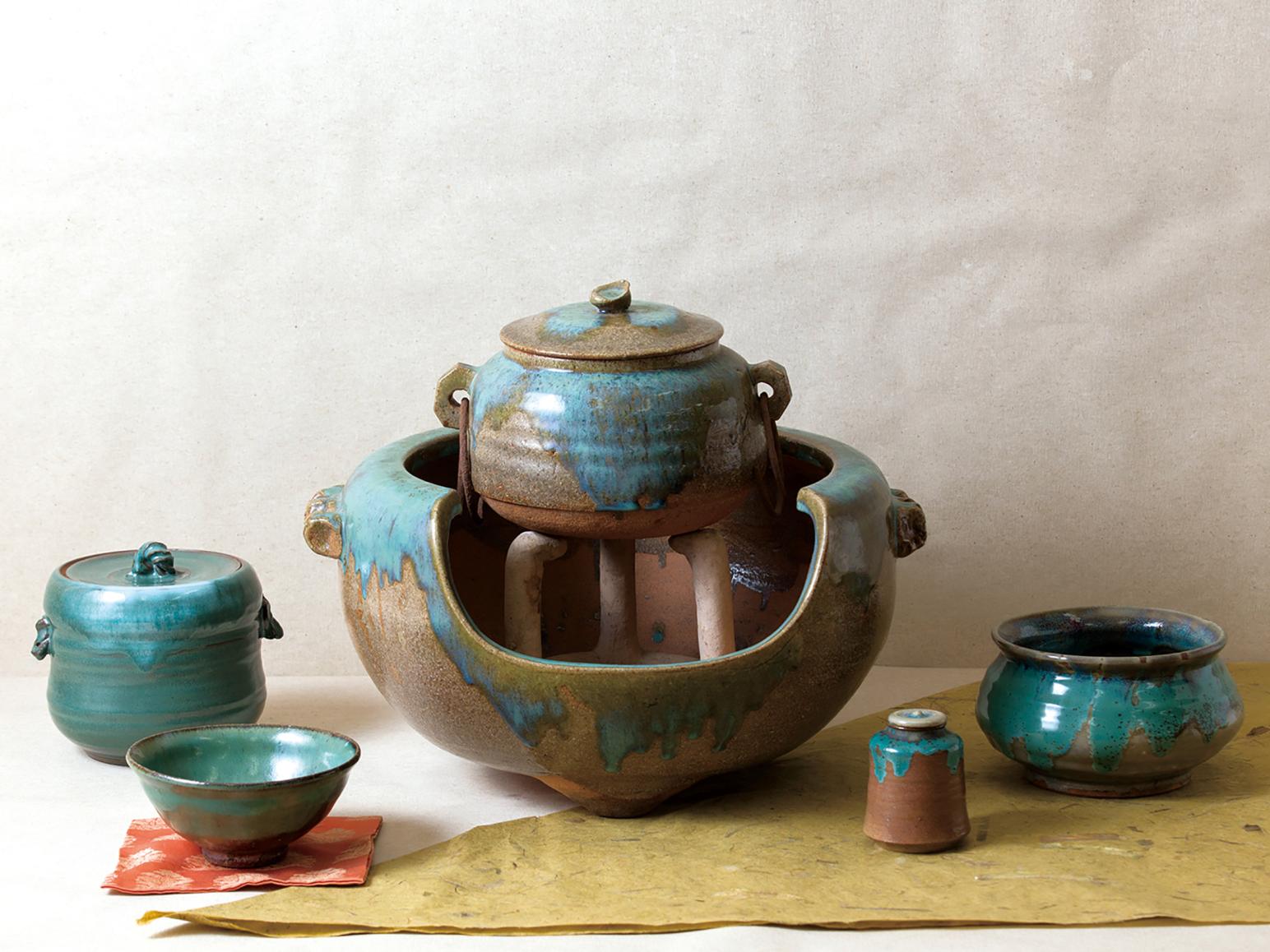
The roots of Aganoyaki are in the teapots used in Japan's unique cultural practice of the tea ceremony. The tea ceremony, which is deeply related to the Buddhist discipline Zen, is said to be the general art culture of Japan.
-
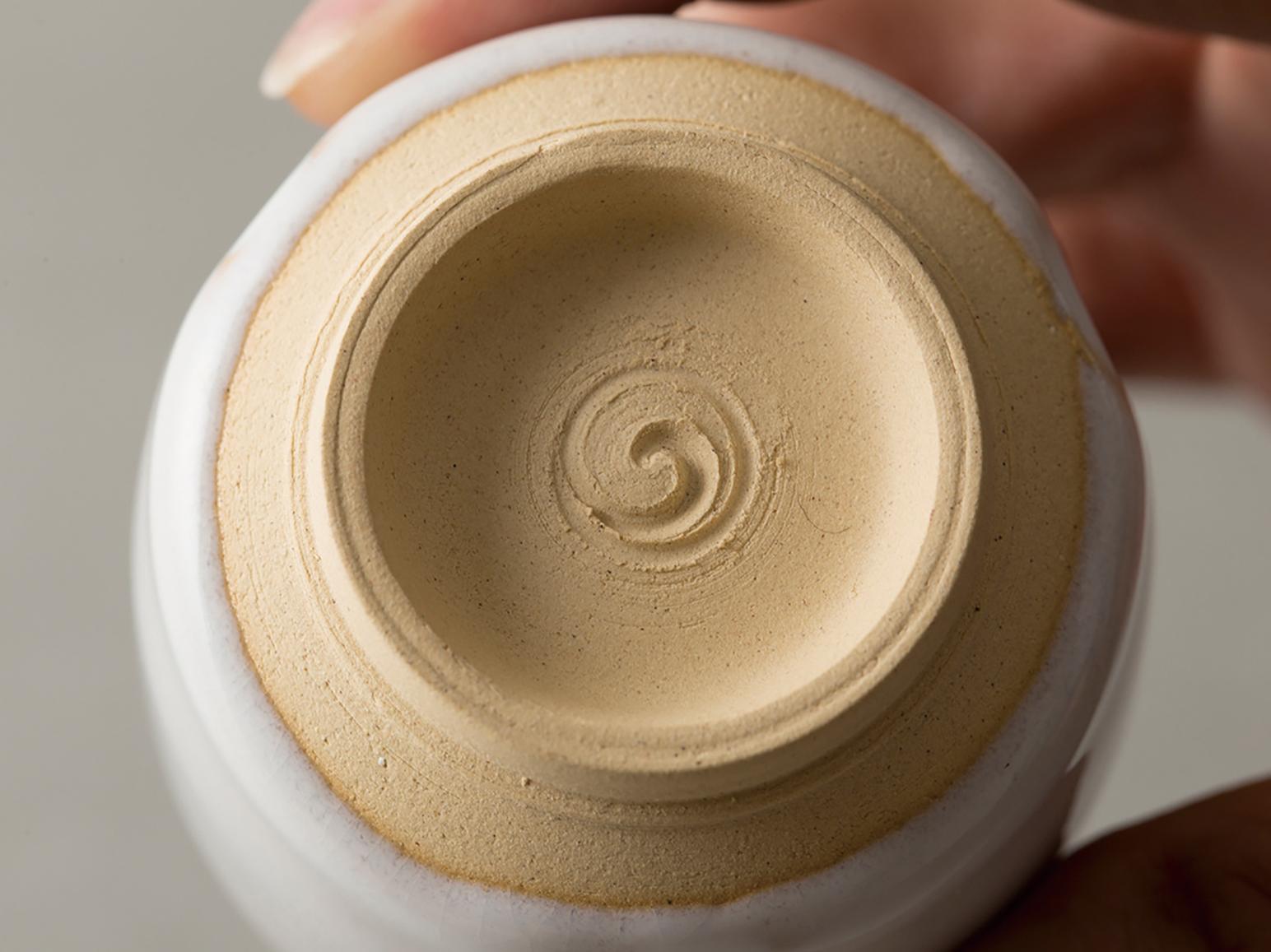
There is a vortex pattern called hidari tomoe engraved on Aganoyaki. It is thought that the pattern that naturally occurred when cutting a hill was established as the pottery mark.
Glazes greatly influence the coloring and expressions of the ceramics when f ired in the kiln. The application of this liquid is all done by hand. Glazes made as they were in the past from natural materials such as straw ash and minerals are often used.
The major feature of Aganoyaki is its variety of colors. Many glazes are used, each with different gloss and texture. In the early days of production, there was a rustic style, while in the late Edo period, the green patina glaze which has become synonymous with Aganoyaki was used. Following the trends of the Meiji, Taisho, Showa eras, color and variations increased when firing in the kiln.
It is put in the fire in the kiln for about 30 hours and it is necessary to watch the temperature inside the kiln and the color of smoke. This is the most important operation of all and if care is not taken, the entire process up to this point will be wasted. The workers reach the peak of their fatigue early in the morning. When the sky turns white, it is wrapped in dignified mysterious air.
The daily life of craftsmen whose companion is the clay as they continue their lonely work. Since they are all made thin, the dishes which use clay taken from the surrounding area are characterized by how light they are. Today, in addition to the traditional dishes like matcha tea bowls, pottery of various forms such as flat plates, vases, bud vases, etc. are made. The craftsmen say that no compromises are allowed in the details, such as wiping the glaze adhering to the ridges of each piece.
-
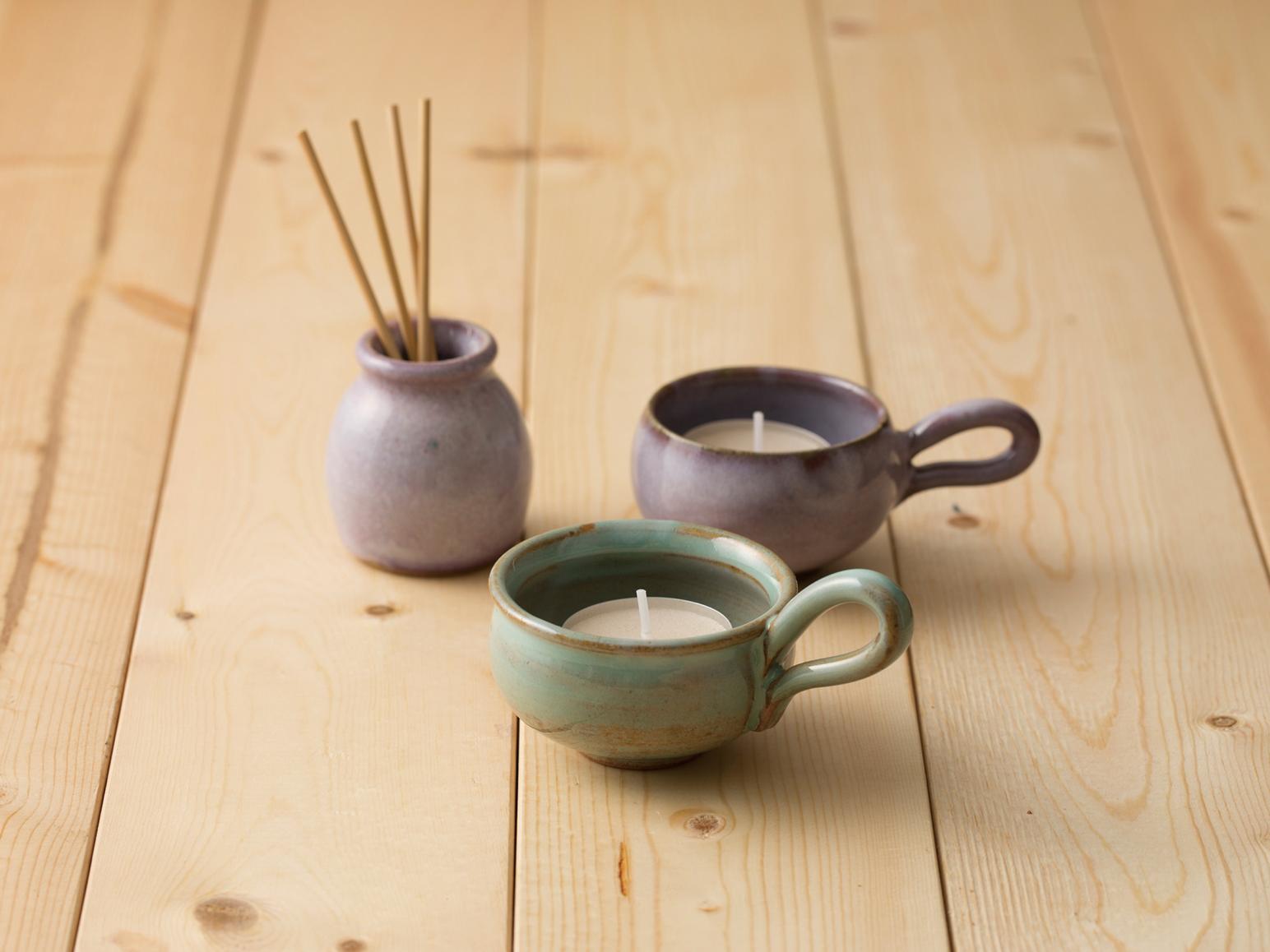
Aroma diffuser, cup type candle holder. True Aganoyaki with a variety of glazes
-
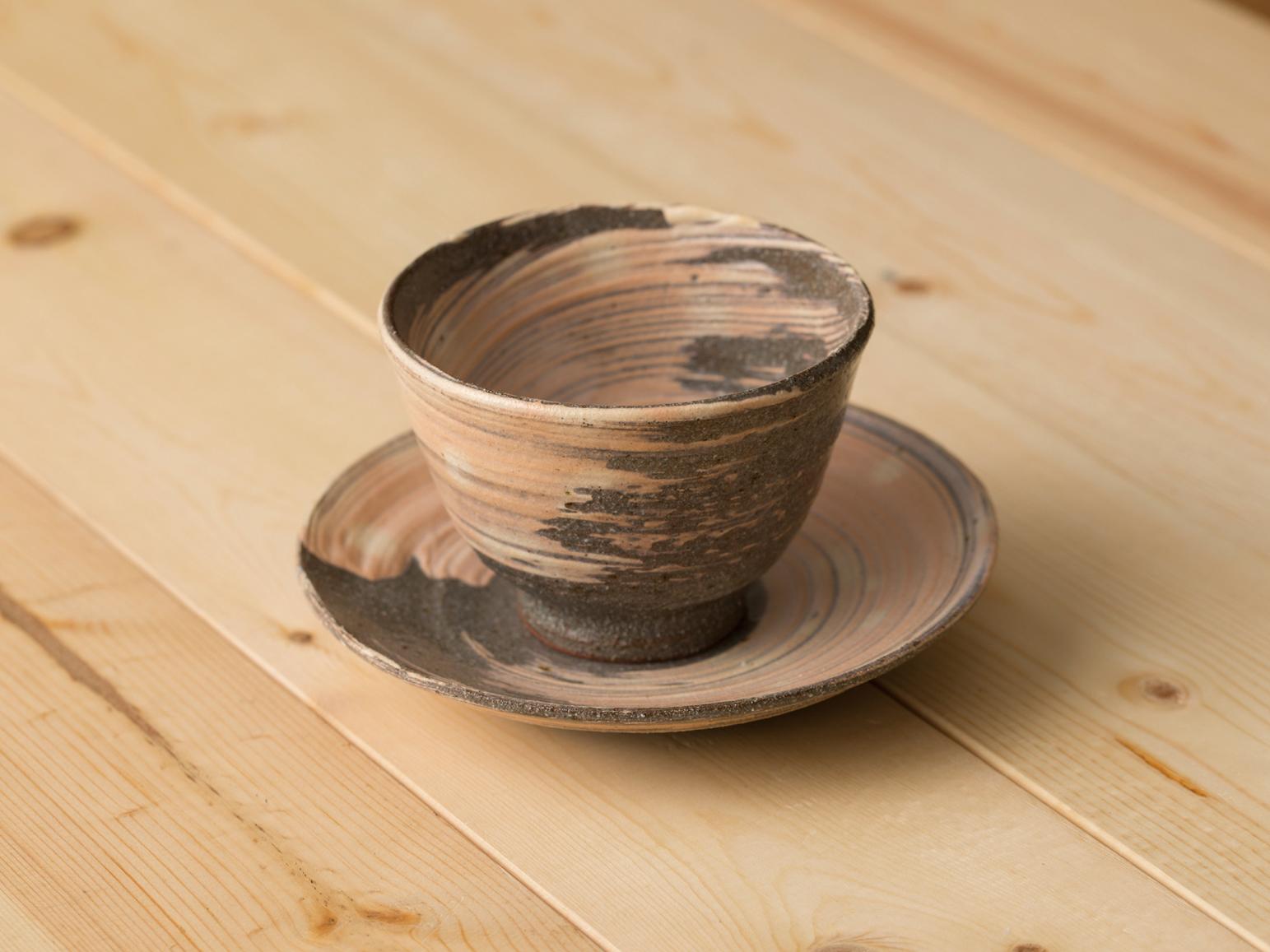
The clay and the glaze react and take on a faint pink color. An impressive piece full of rustic texture
-
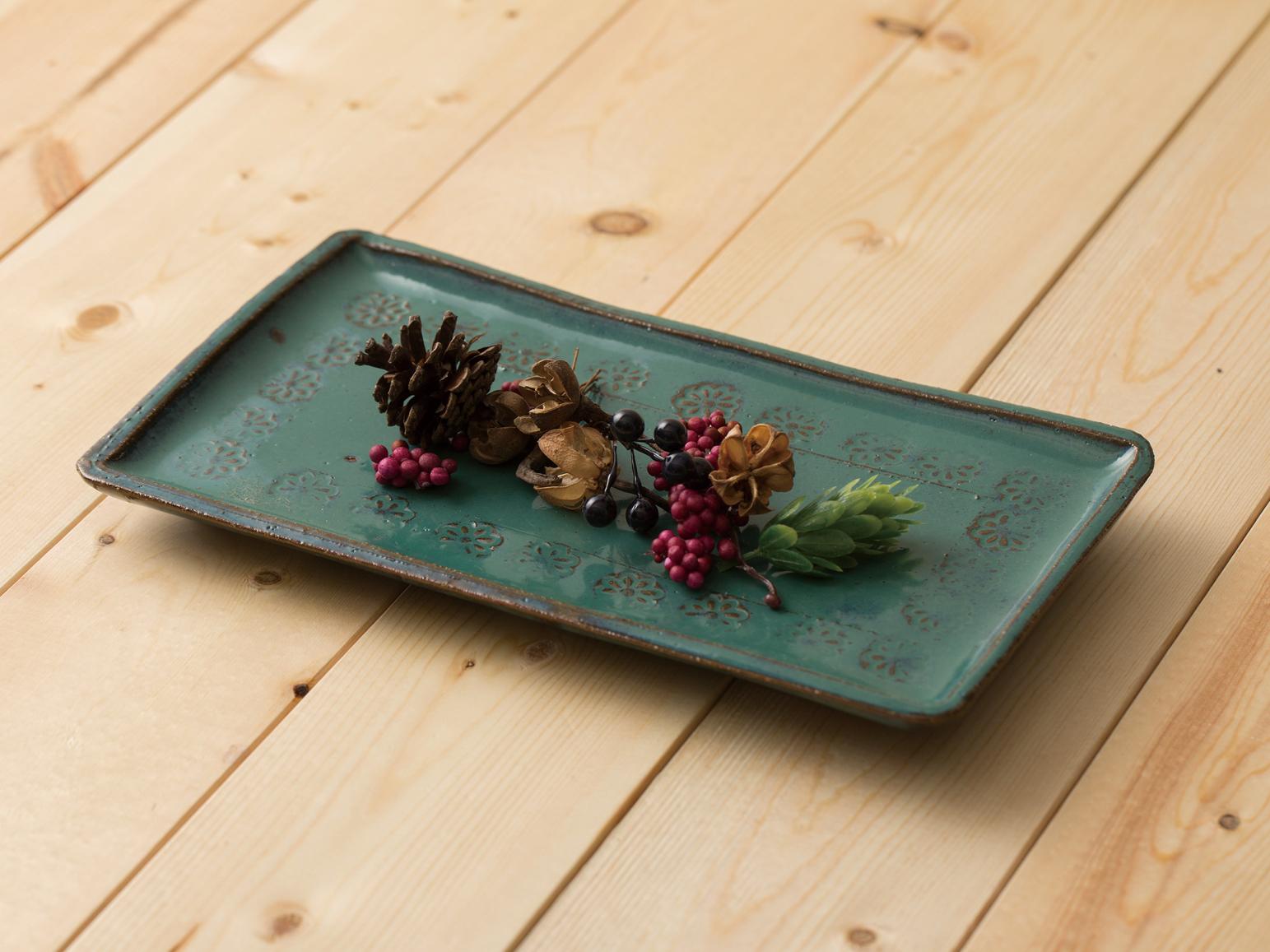
A square flat plate easy to use on a daily basis. Embossed flower pattern is one point. The glaze is a patina.
-
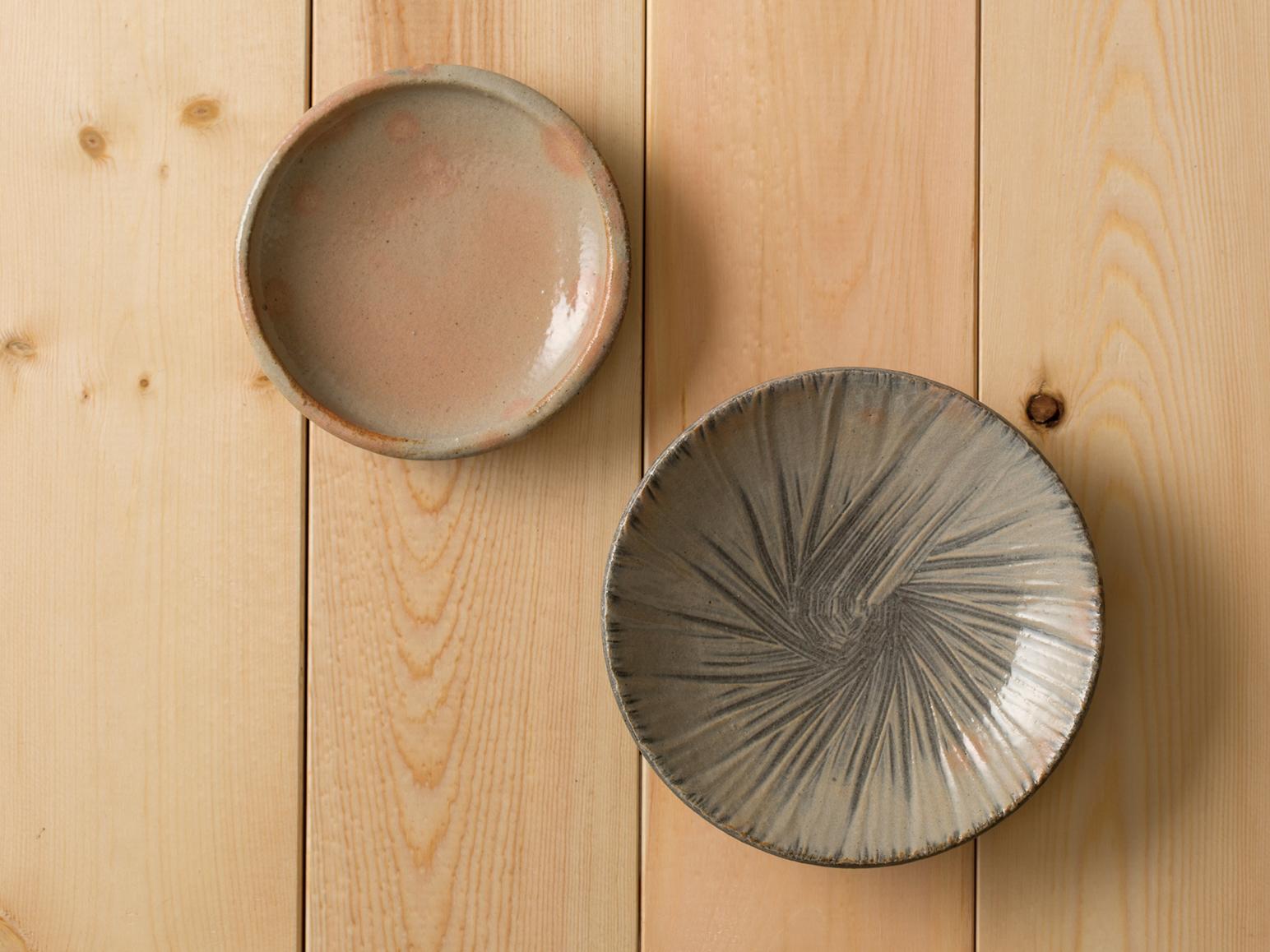
A vessel that displays a unique expression with white glaze. You can feel the flexibility of the idea not bound by tradition.
Aganoyaki Cooperation
Agano 2811, Fukuchi-machi, Tagawa-gun, Fukuoka Prefecture 〒822-1102
TEL : 0947-28-5864
HP : https://www.aganoyaki-fukuchi.com/
Contents
01 Hakataori
02 Hakata Ningyo
03 Aganoyaki
04 Koishiwarayaki
05 Kurume Kasuri
06 Yame Chochin
07 Yame Fukushima Butsudan


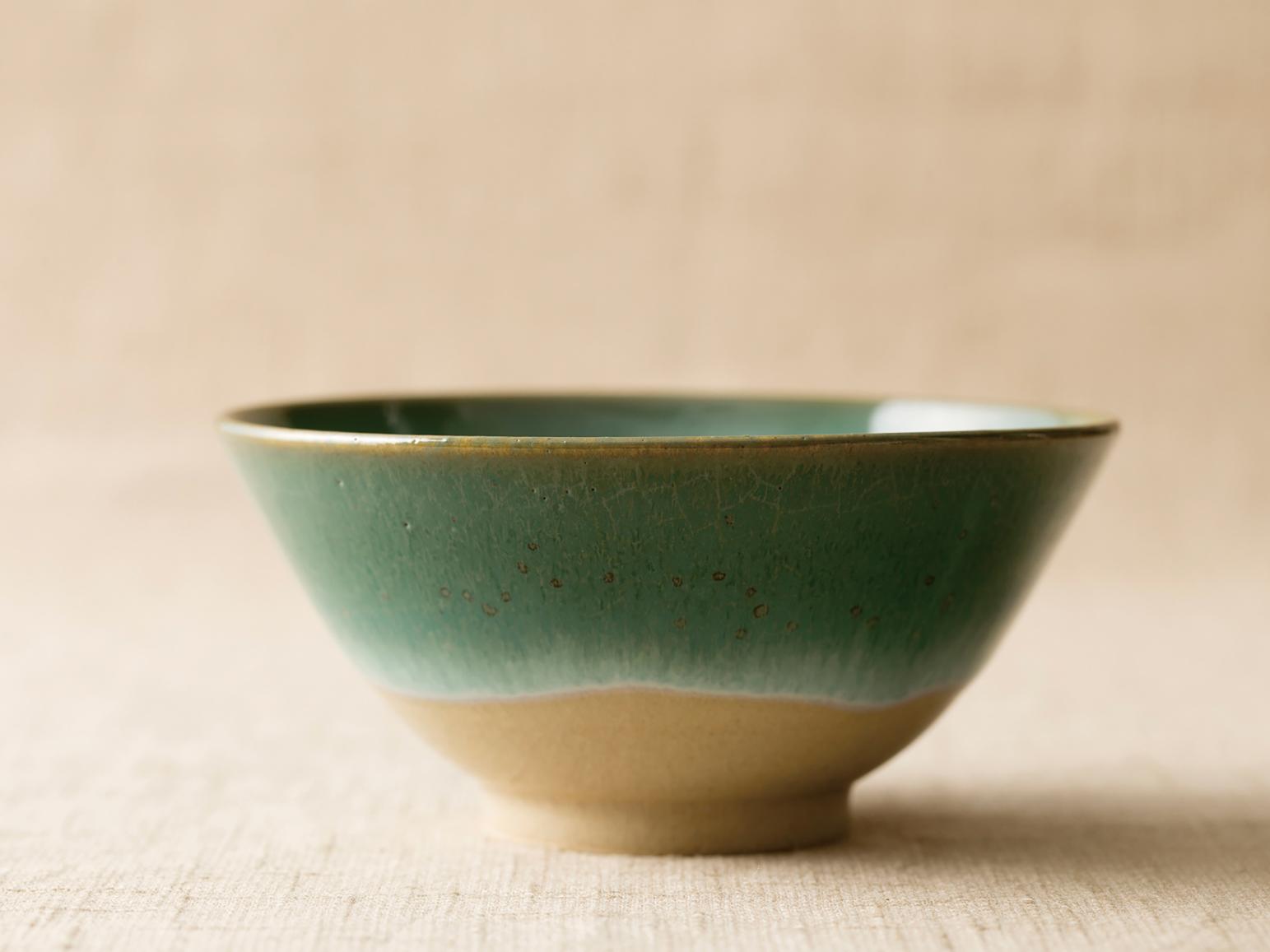
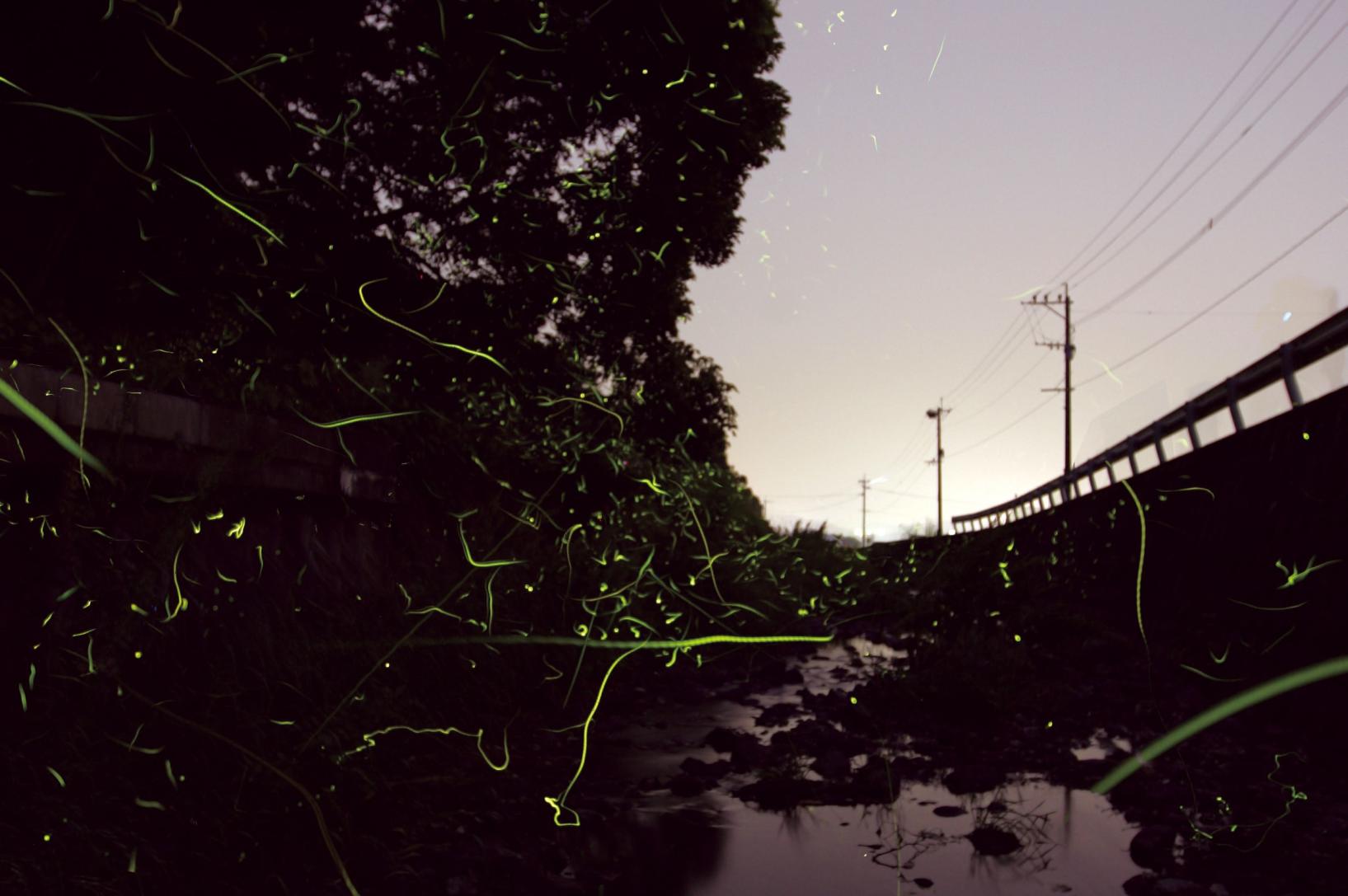
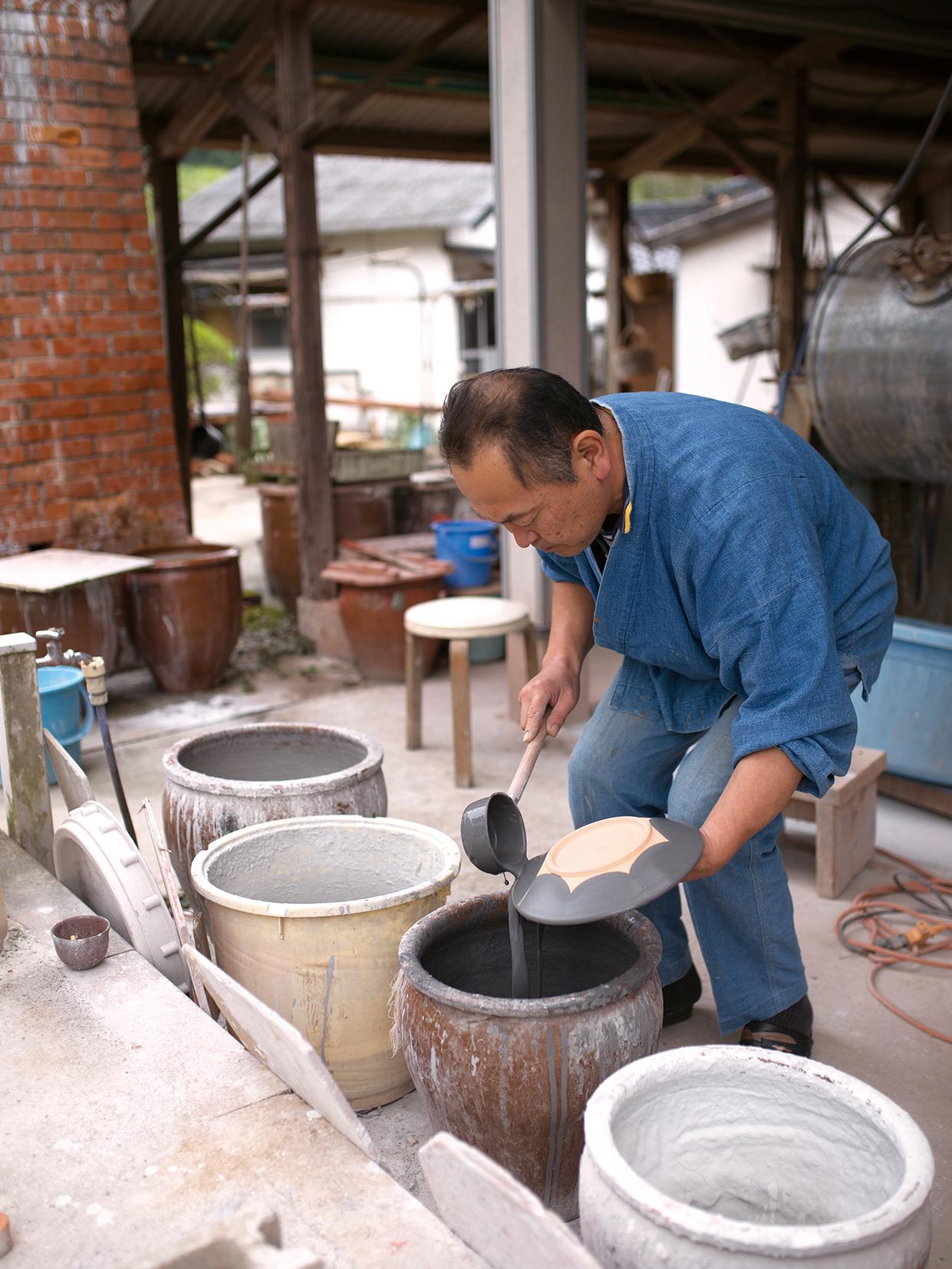
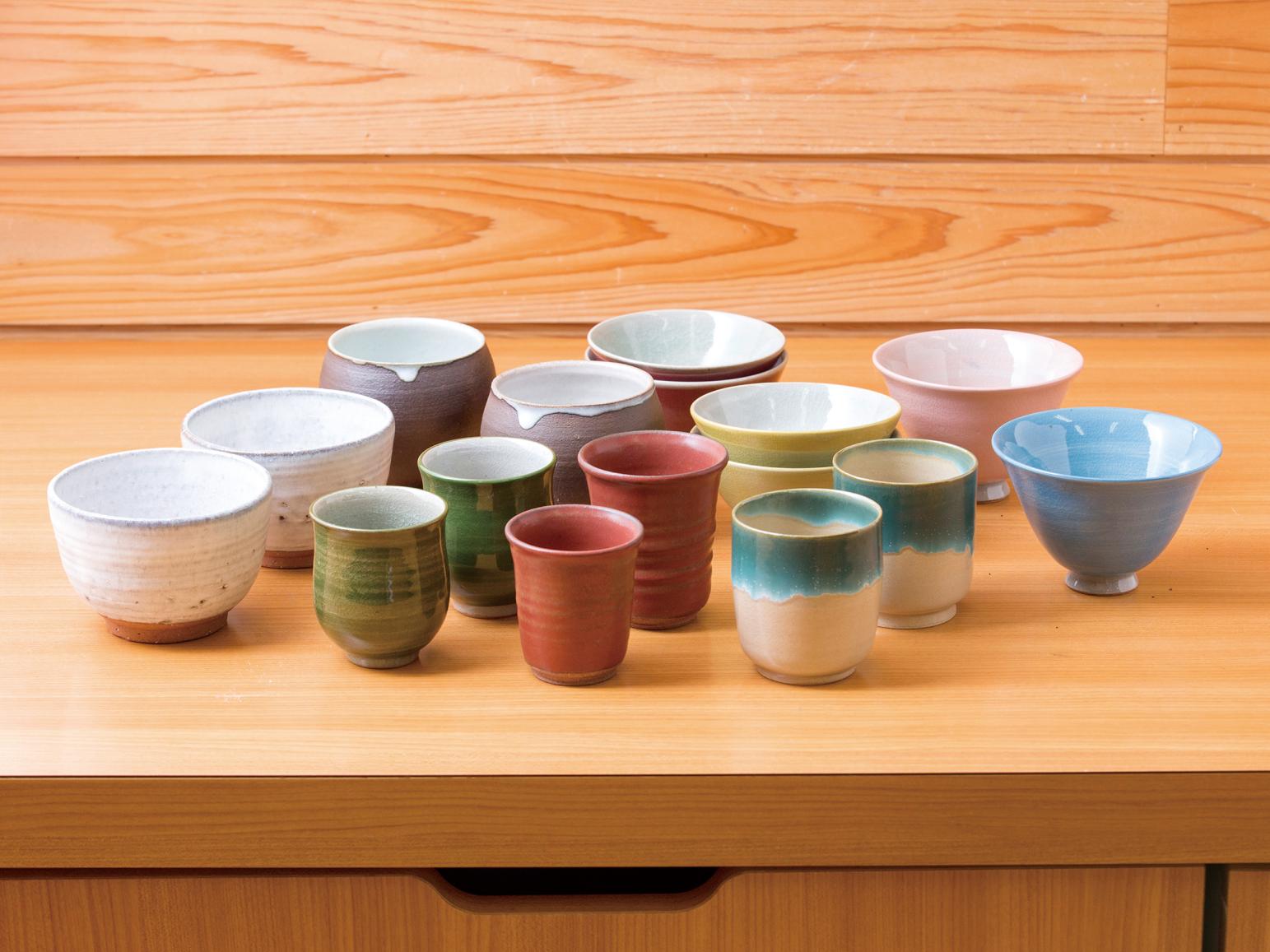
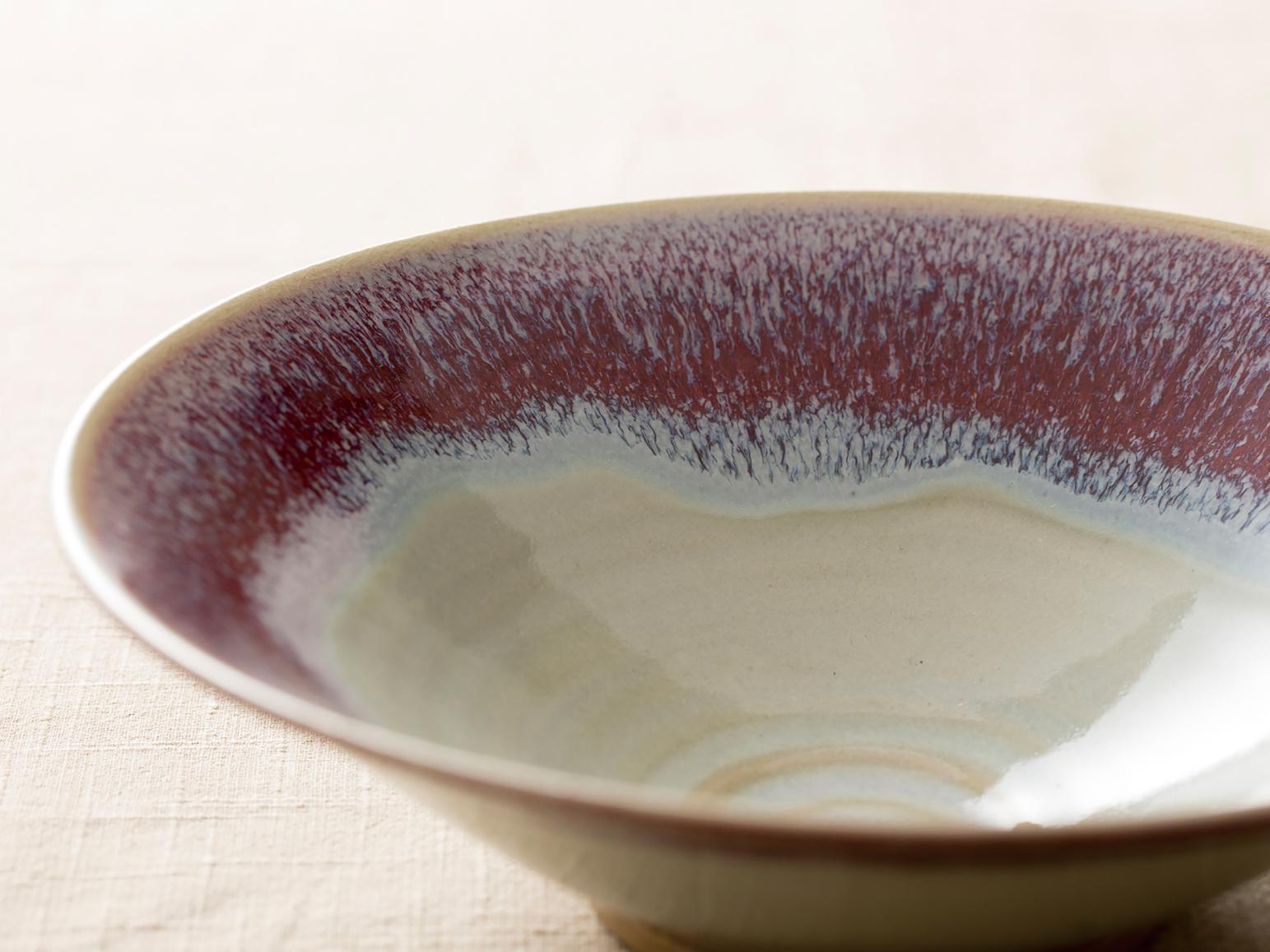
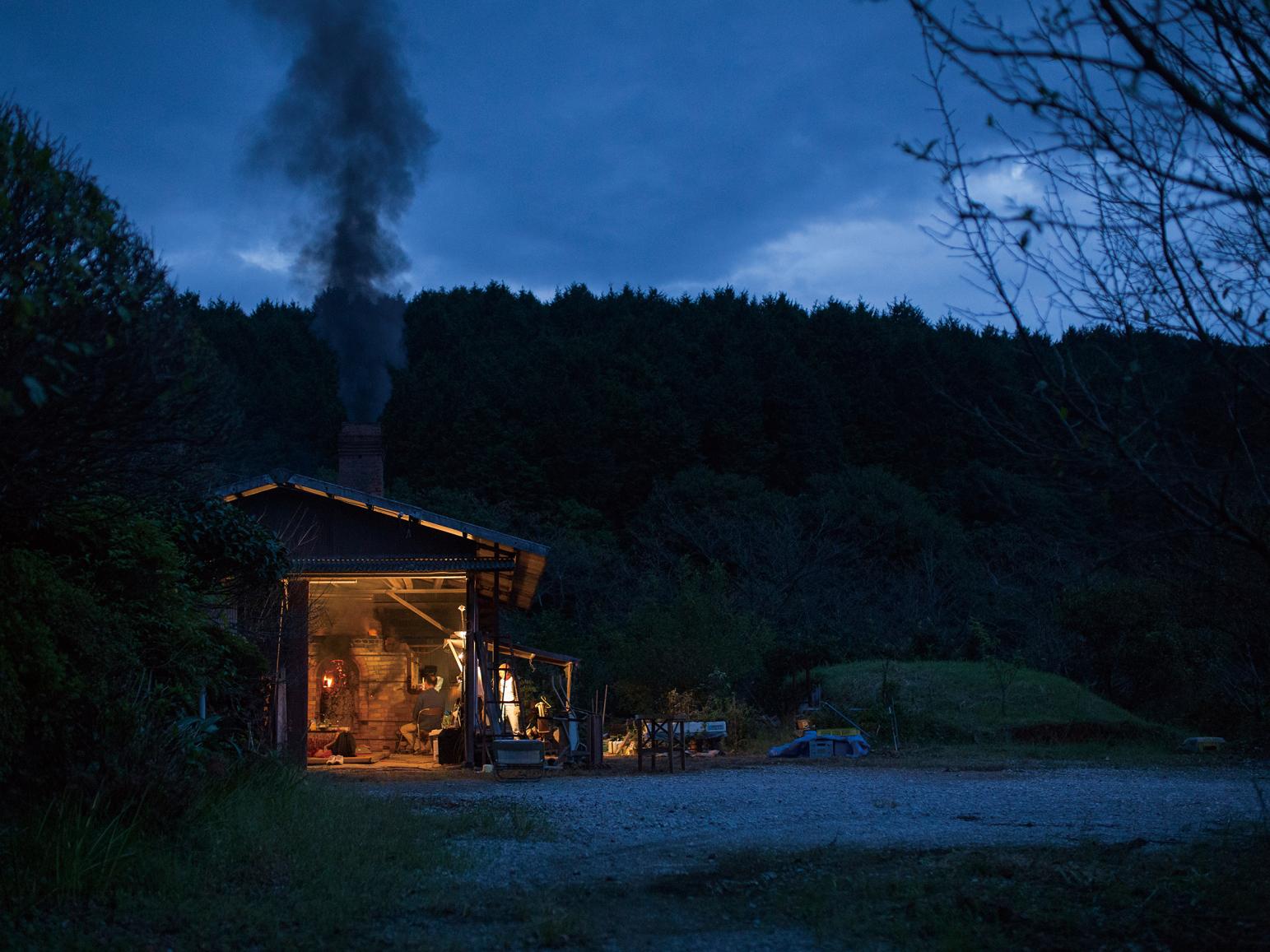
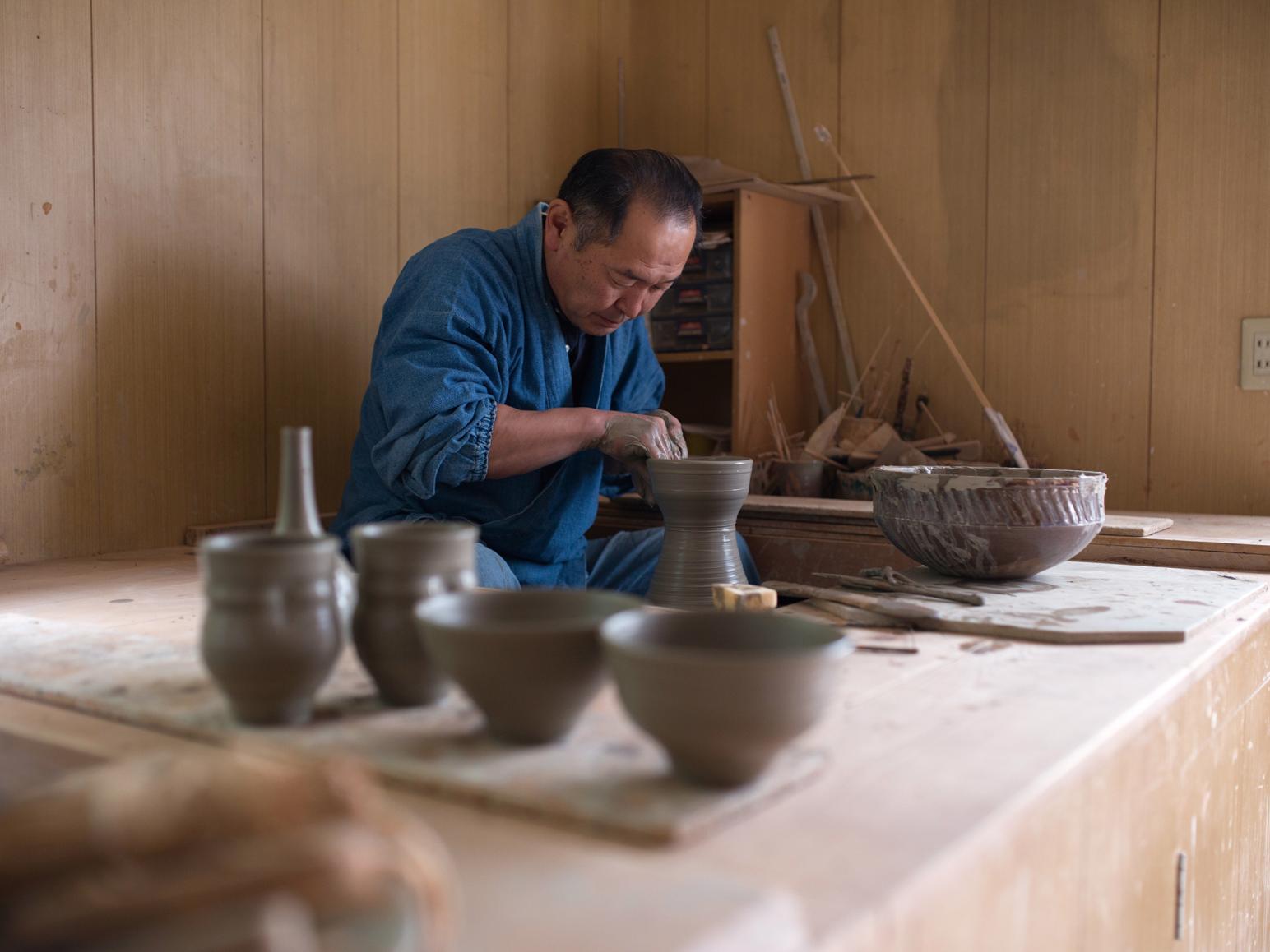
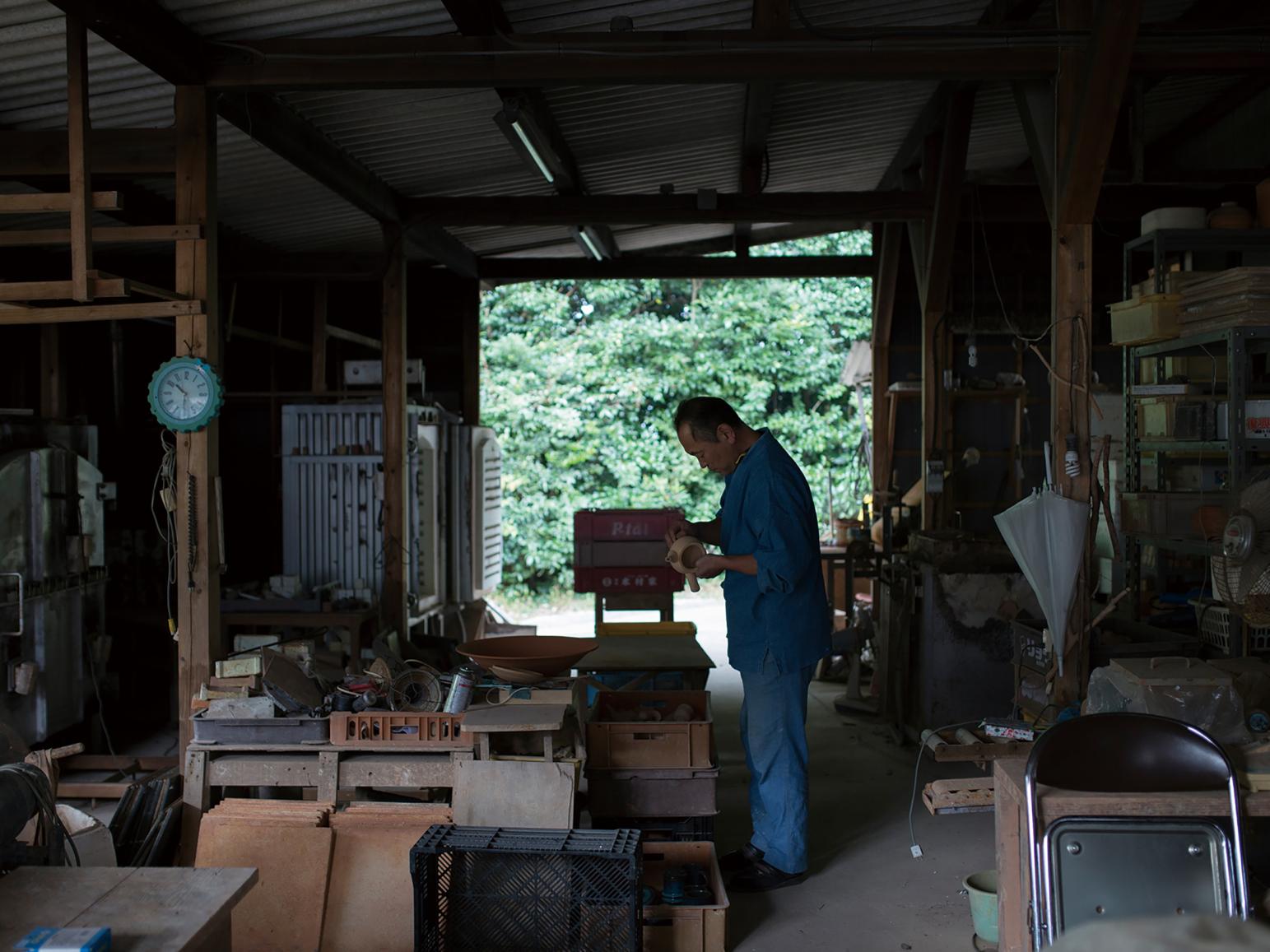
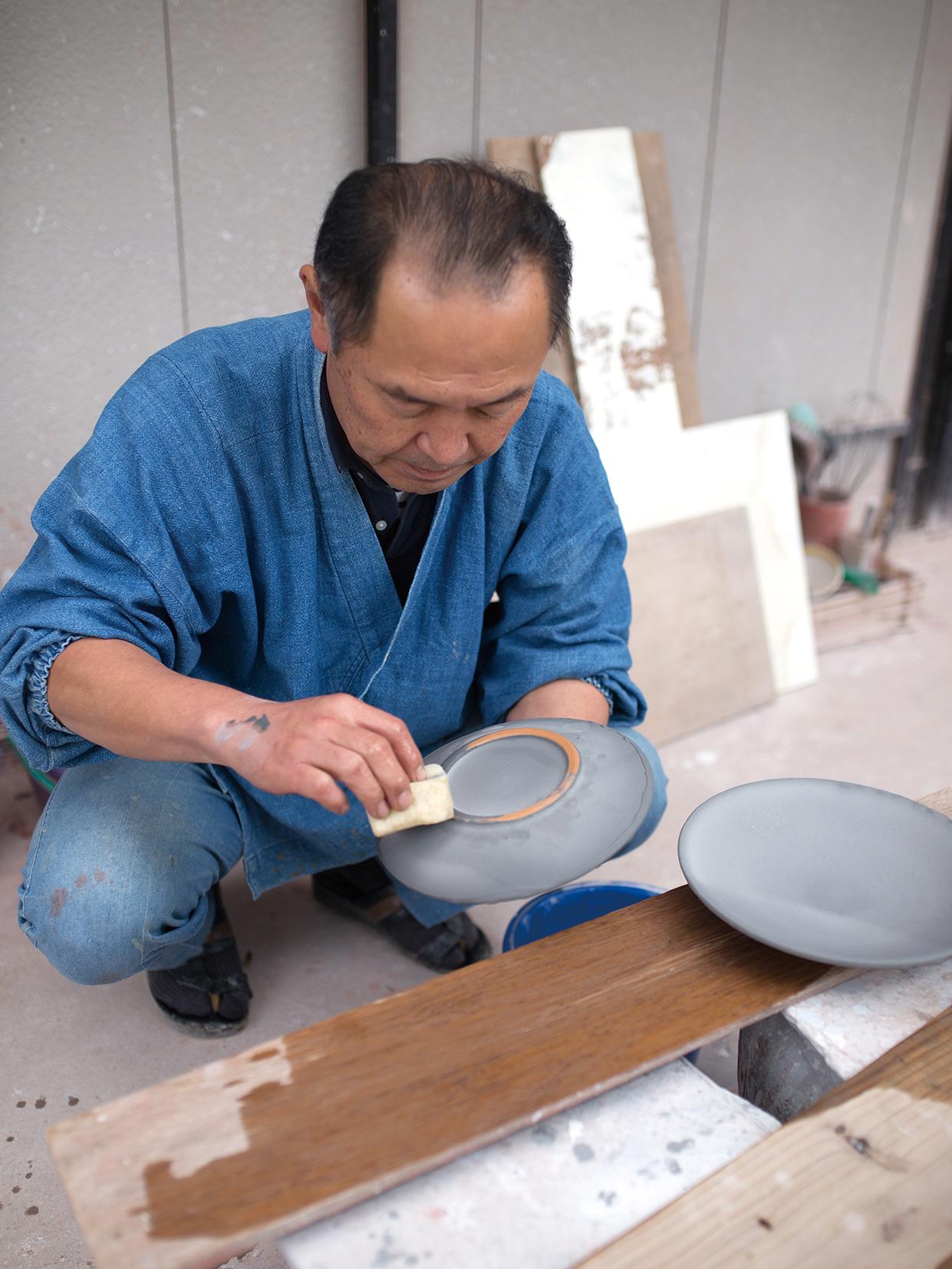
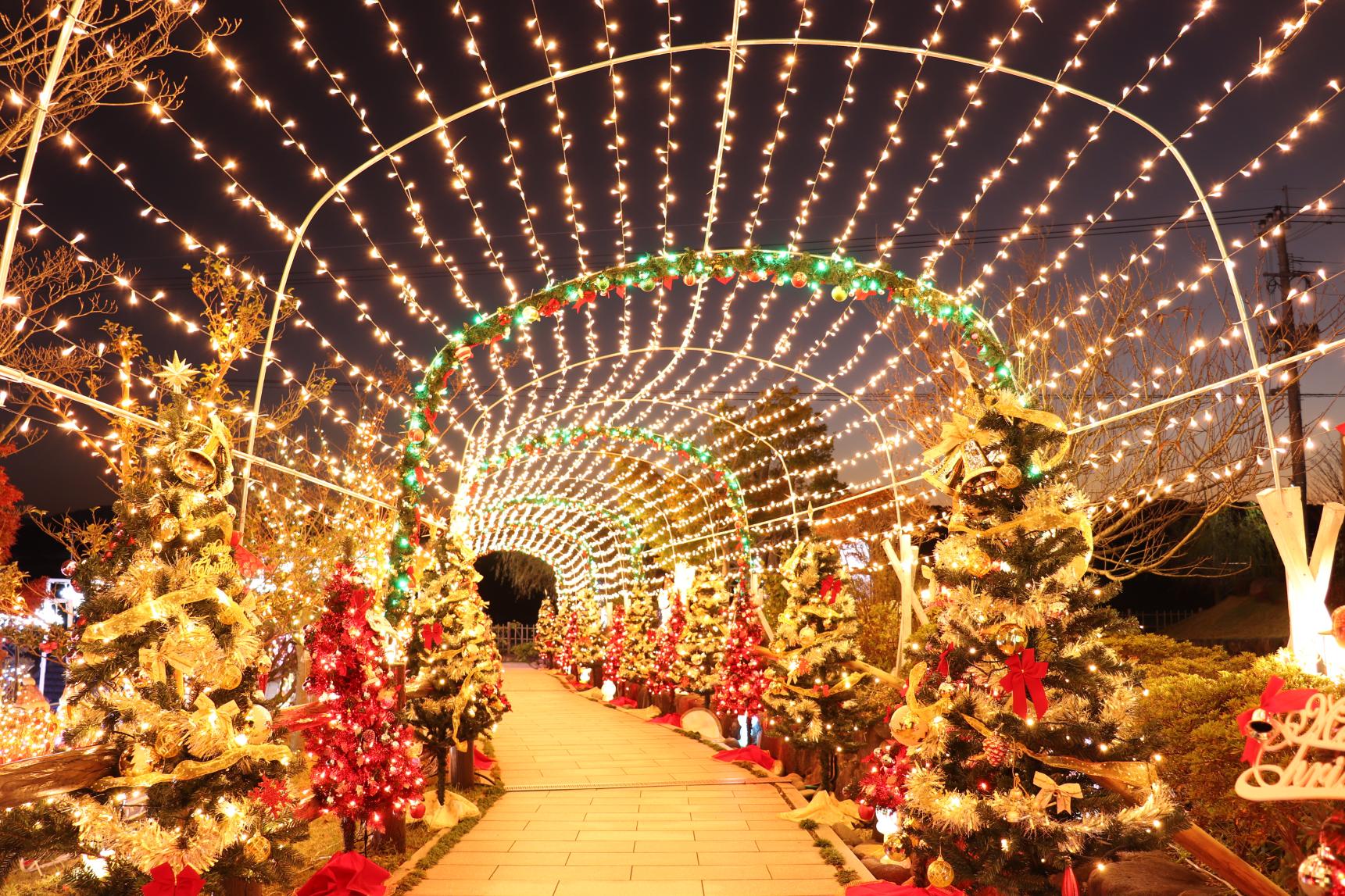
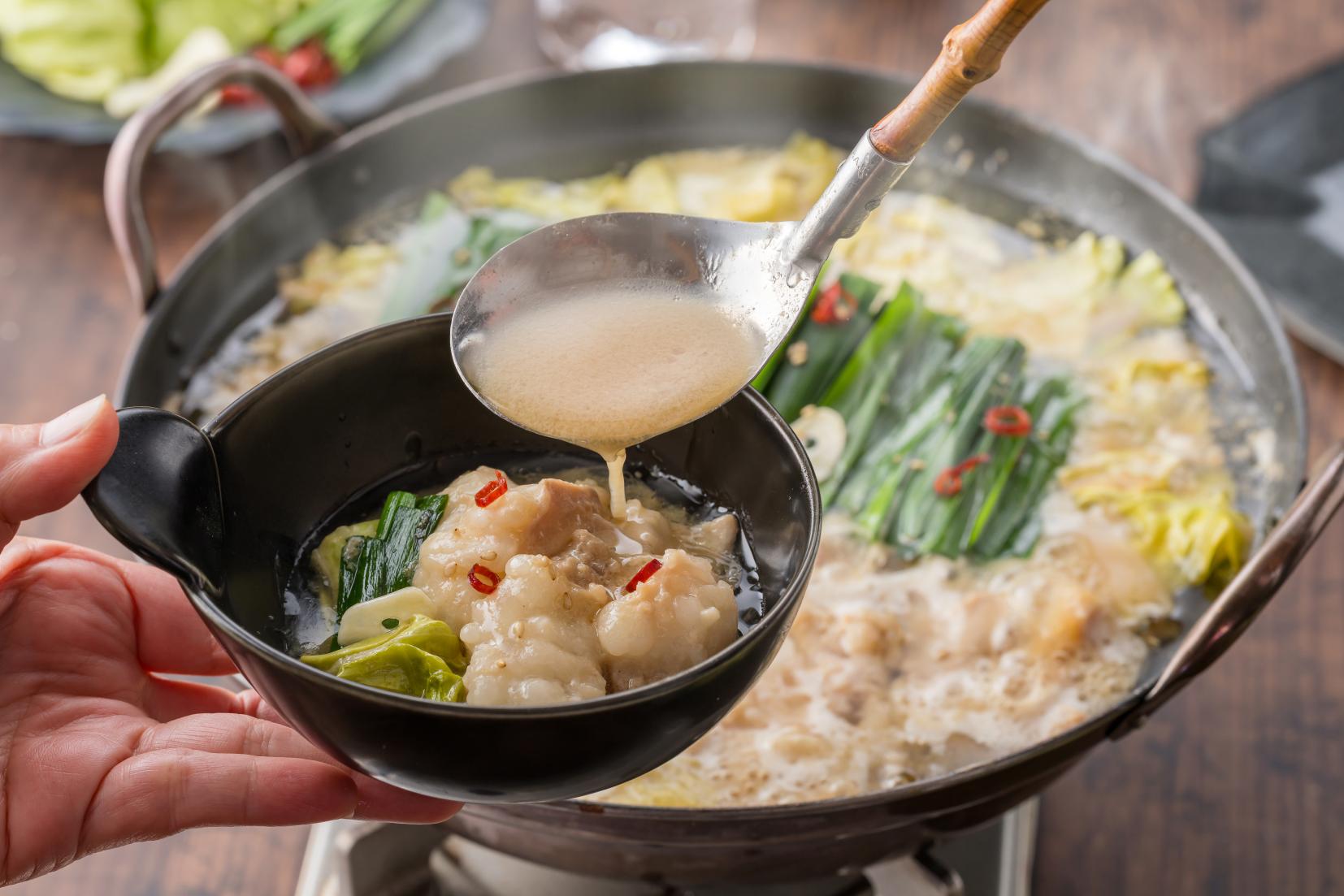

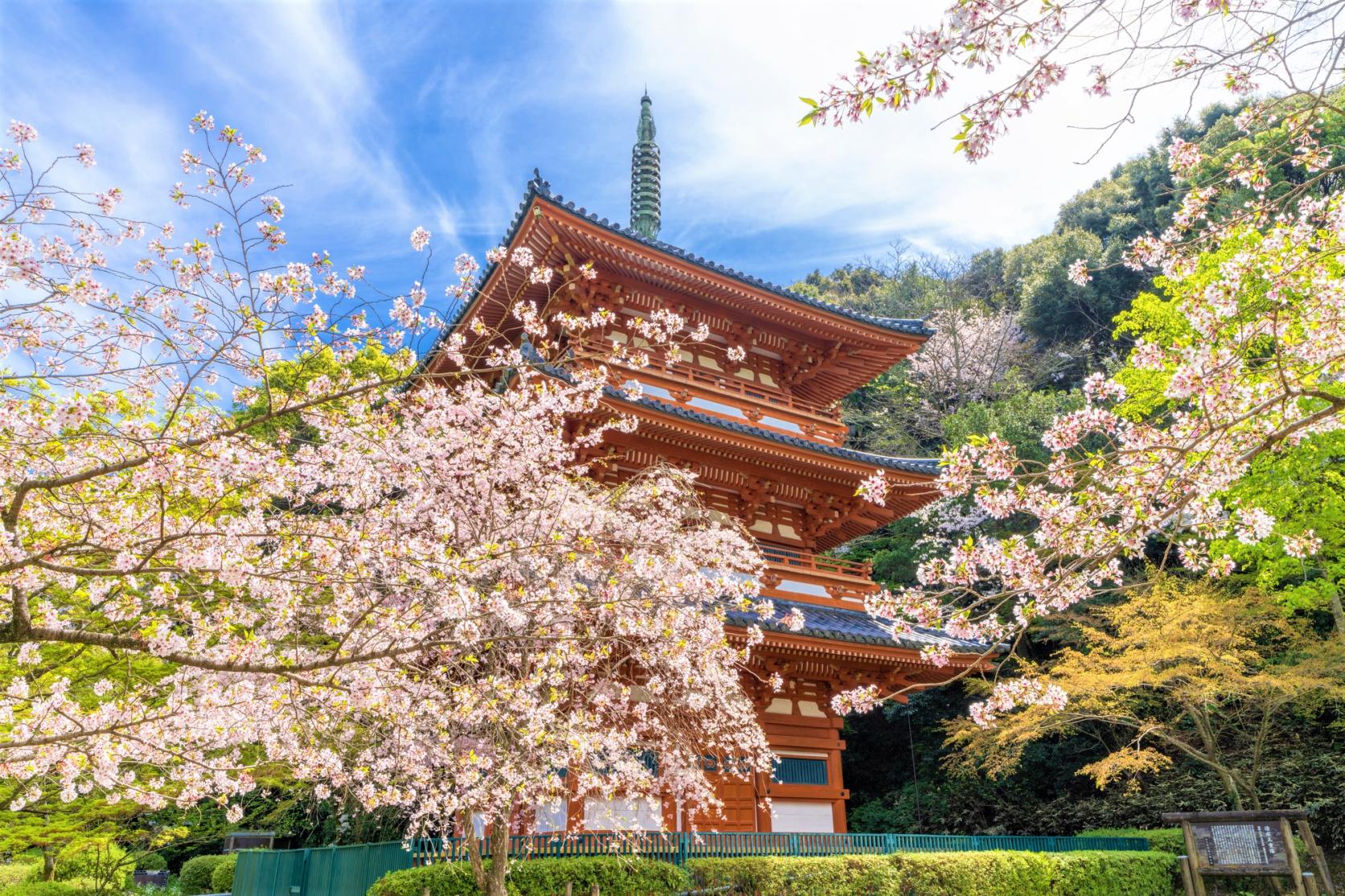
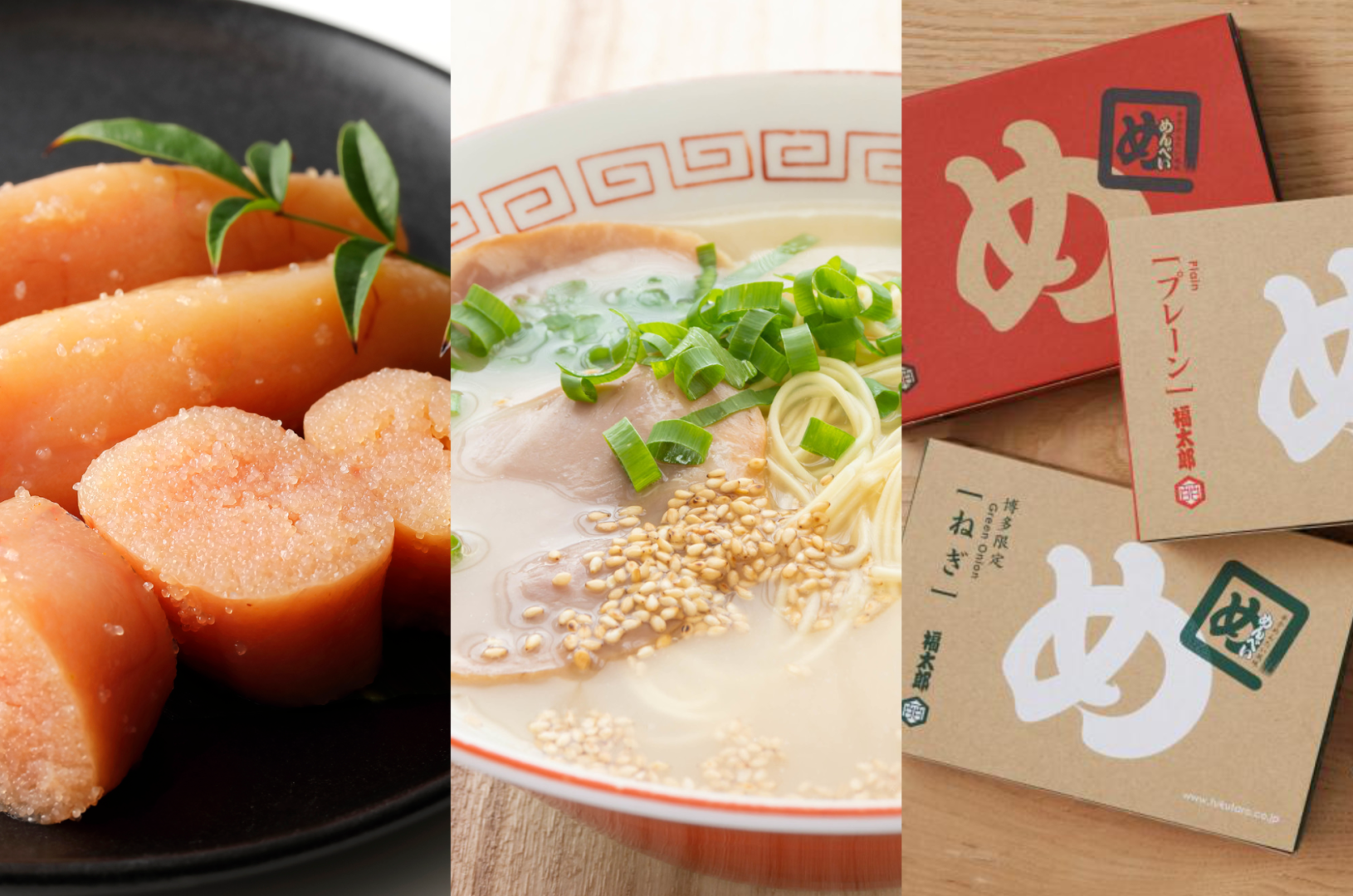
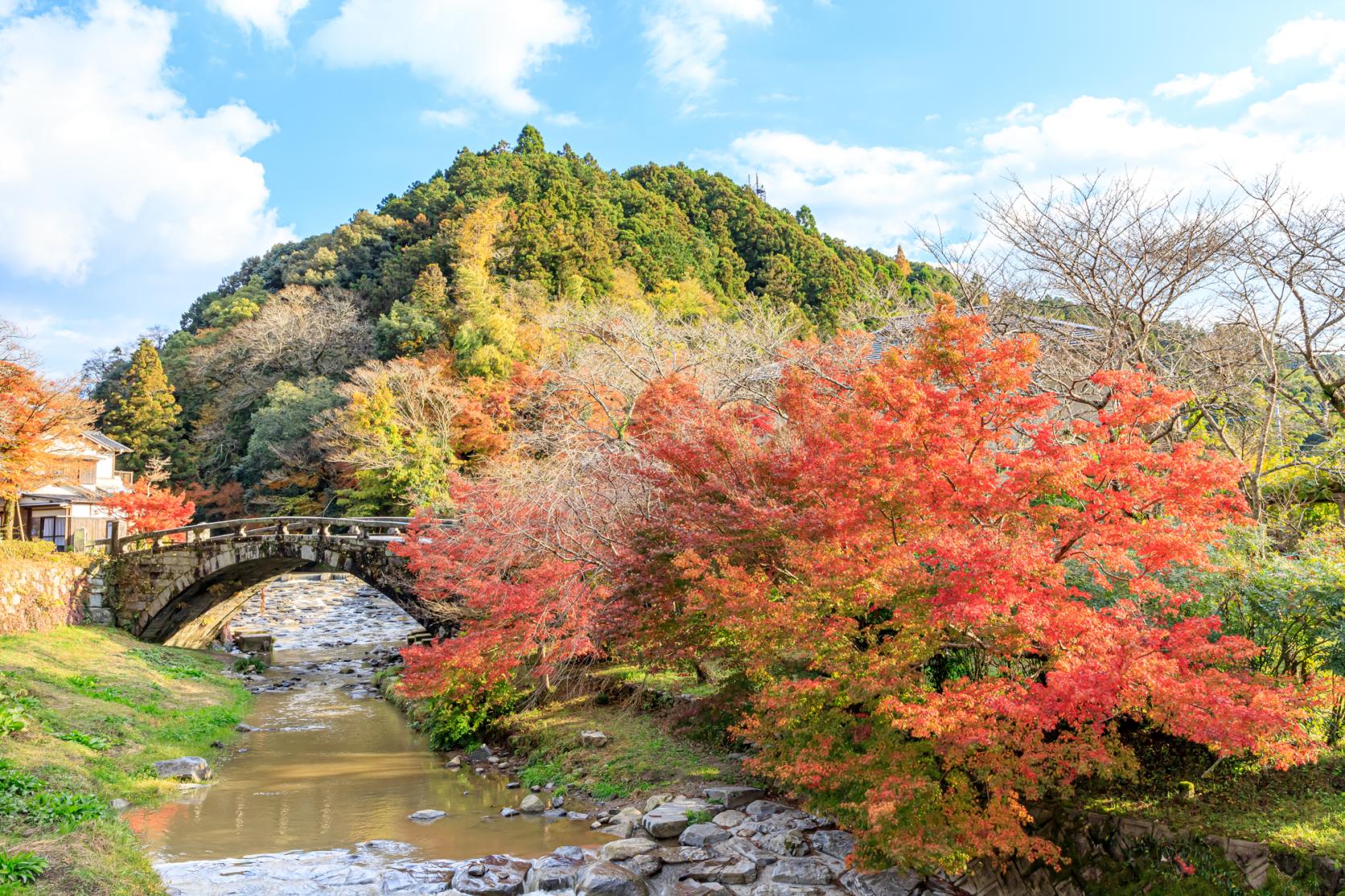

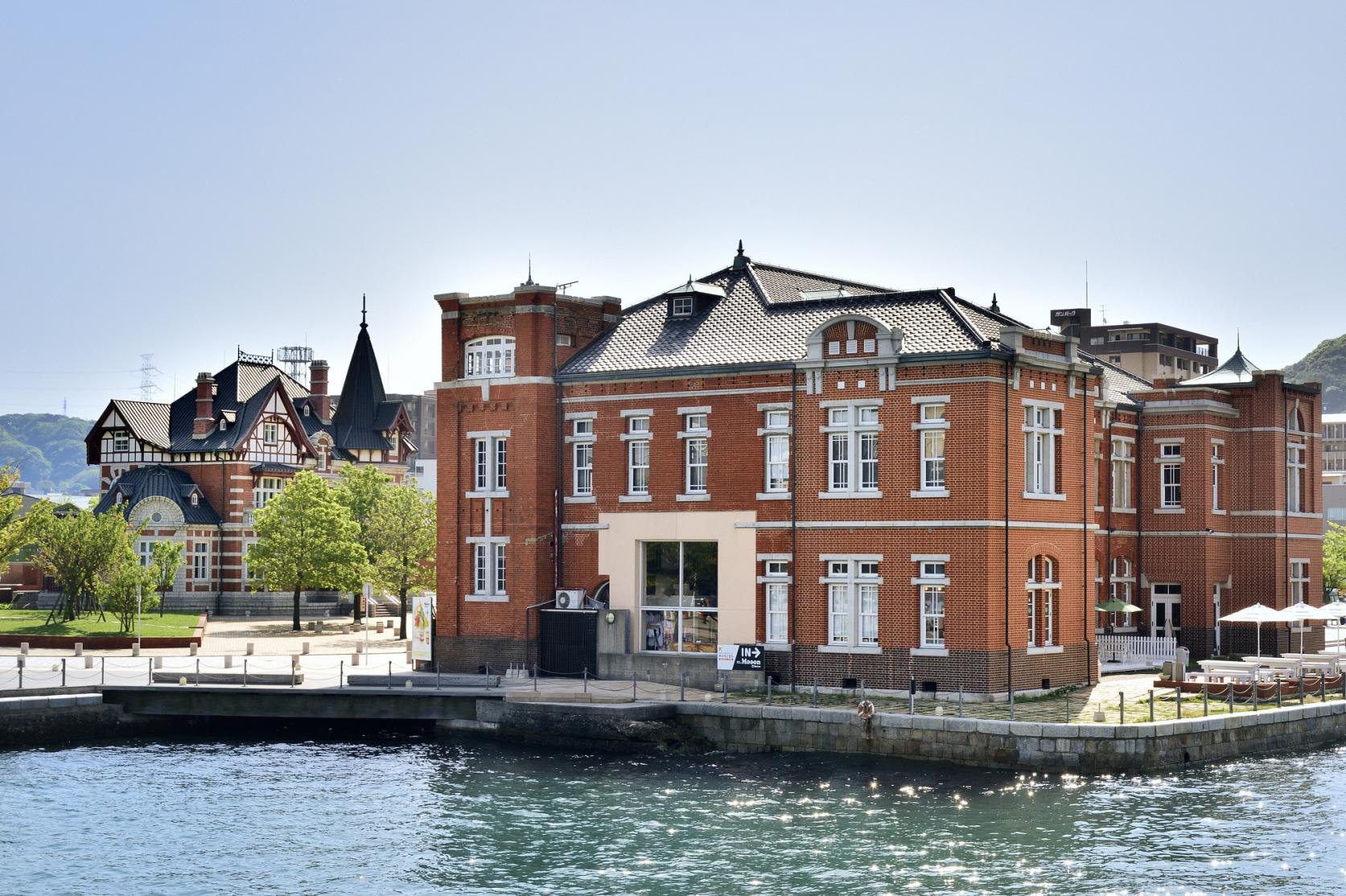
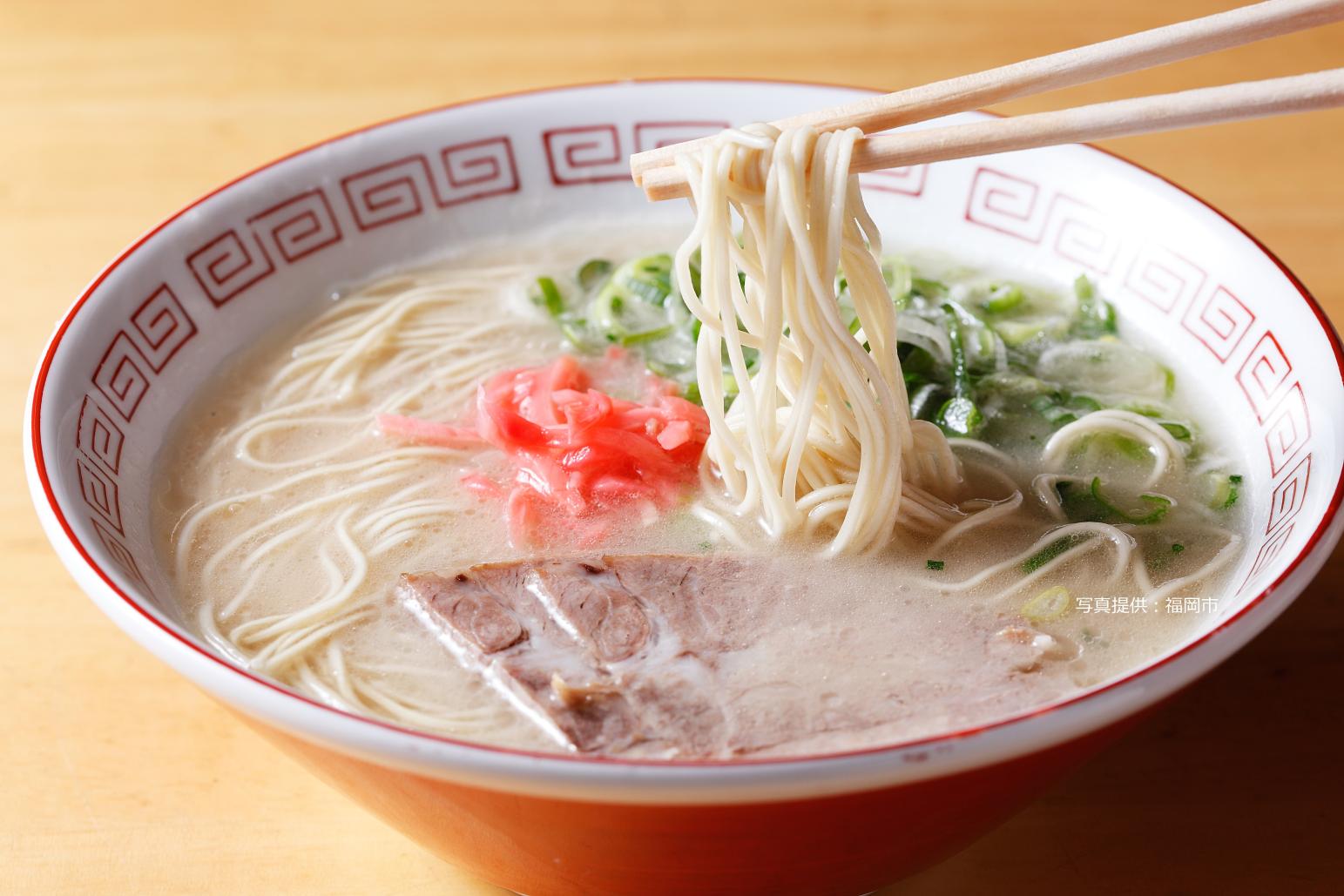
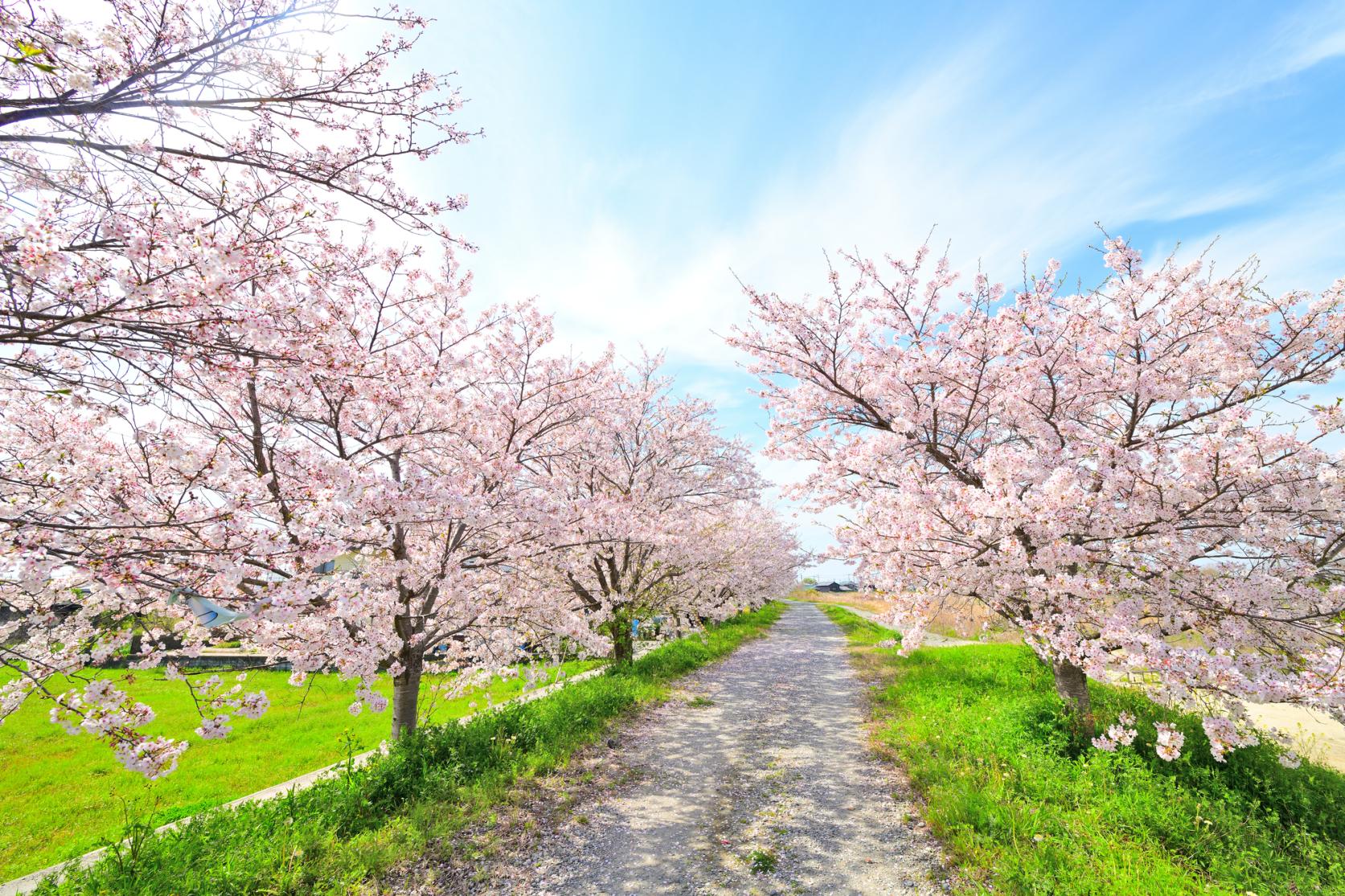
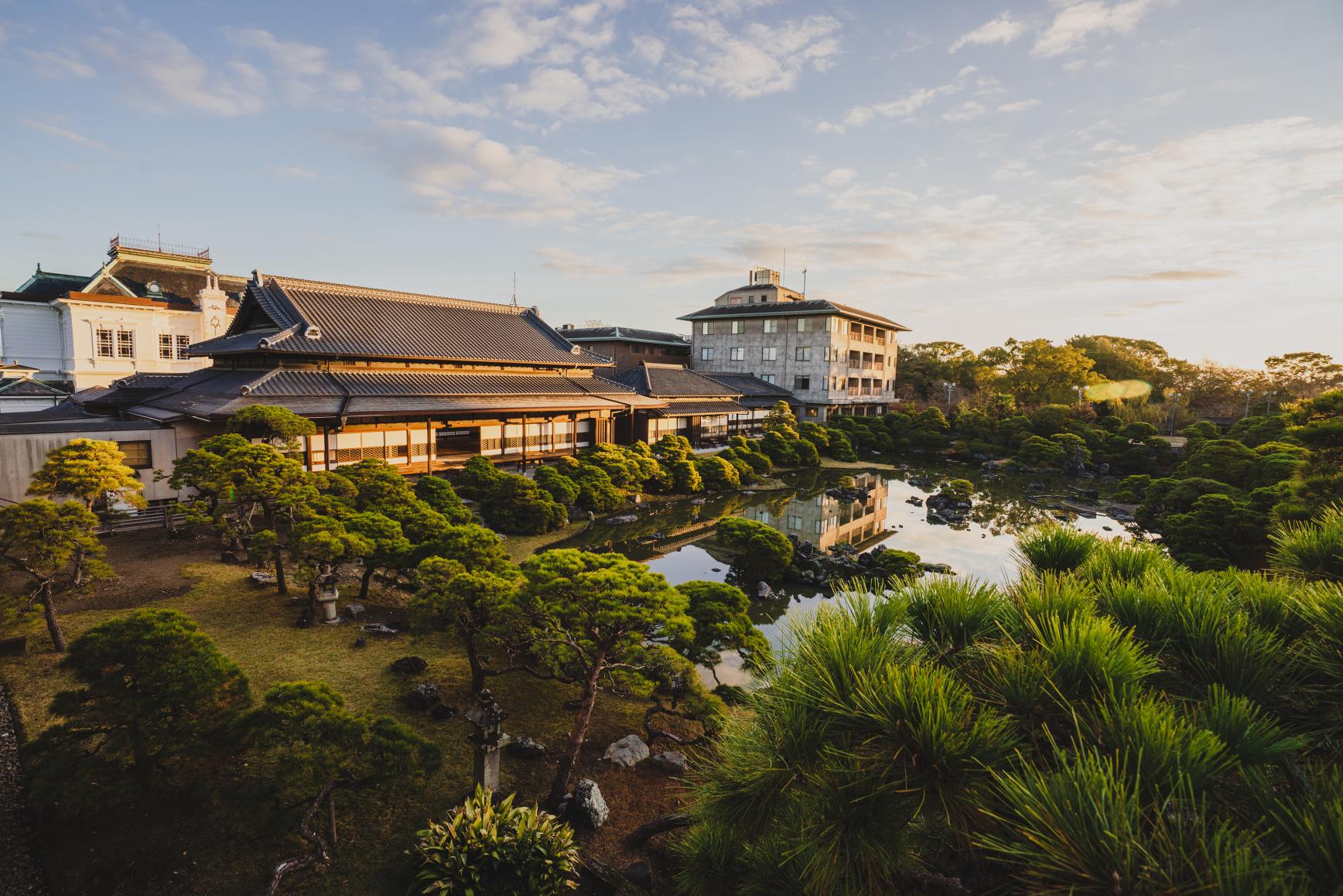
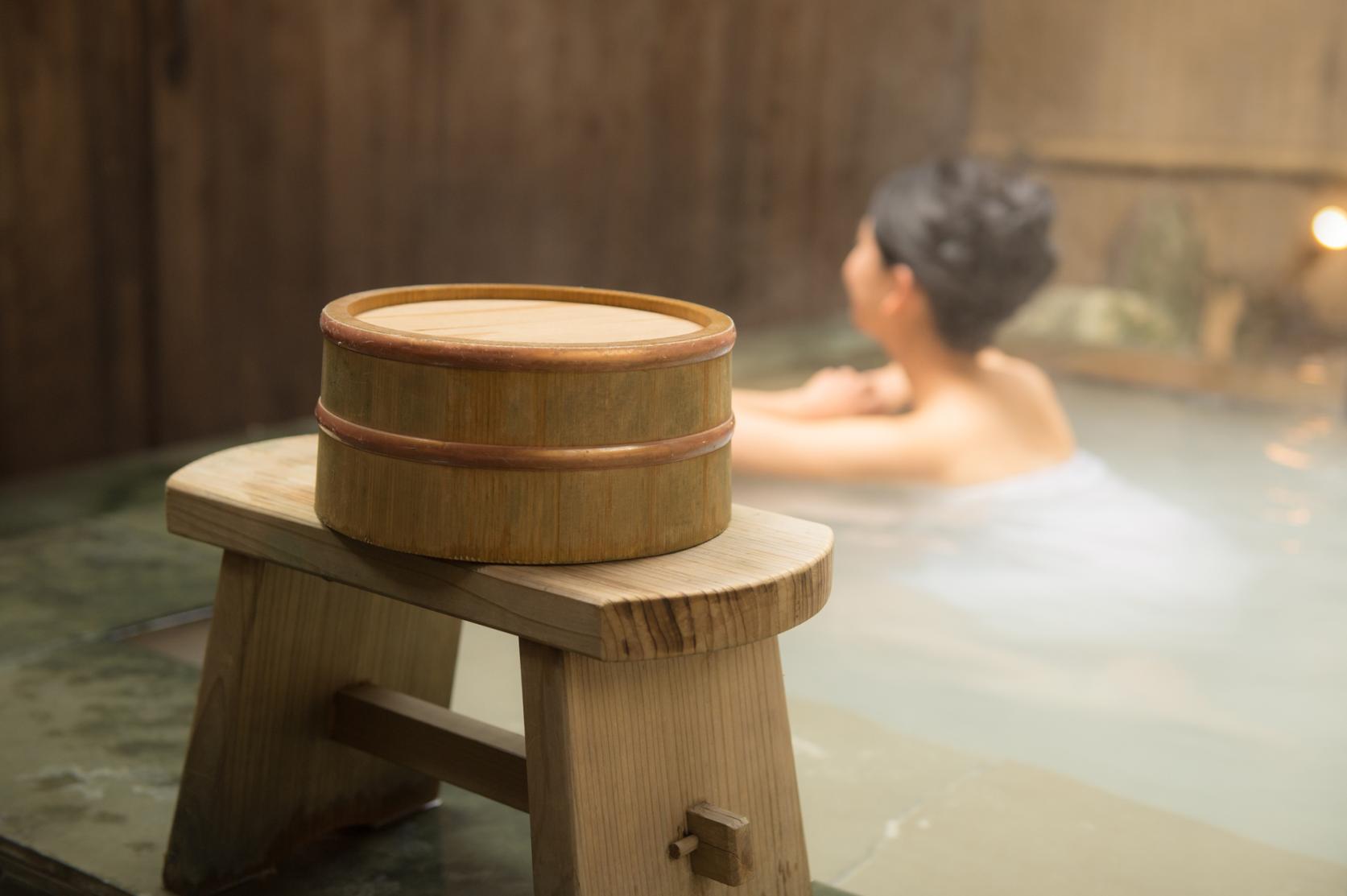
![[2025] Strawberry Picking Spots in Fukuoka-1](https://www.crossroadfukuoka.jp/storage/special_features/49/responsive_images/9ZHgrqvQdpH8tM4IRF54DXu0aPBF3YGGkj5WOTGc__1673_1115.jpg)
